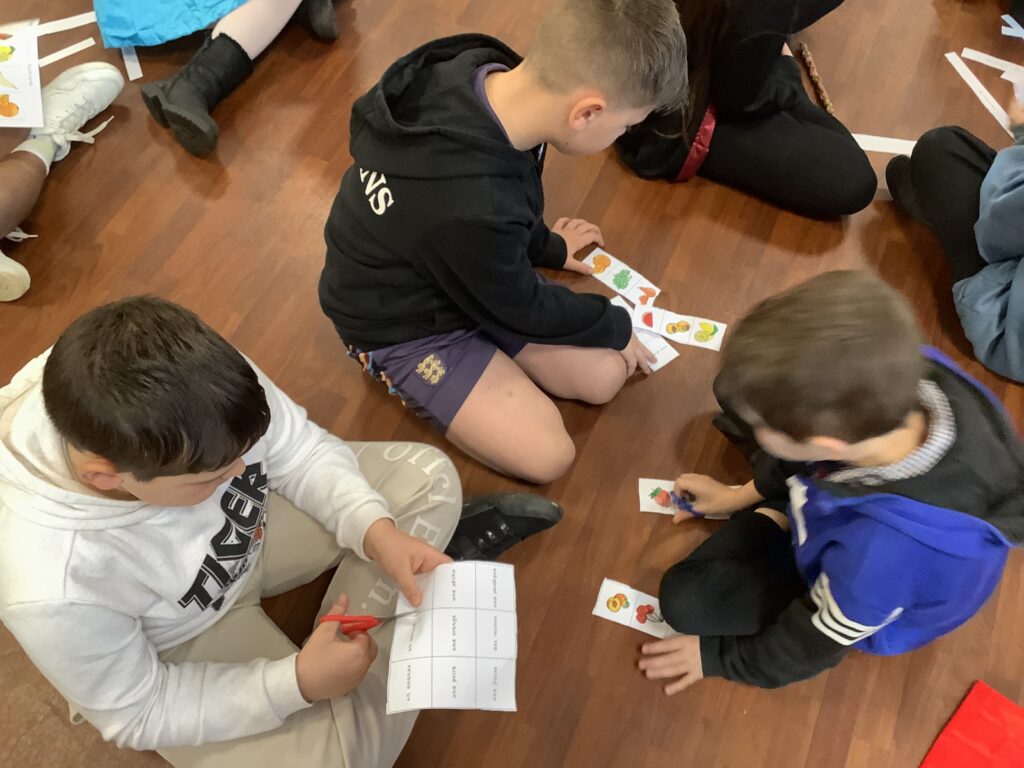Crew Hamill have done a fantastic job in helping me clean up are forest area. They worked well has a crew and helped each other. They even made their own swing.
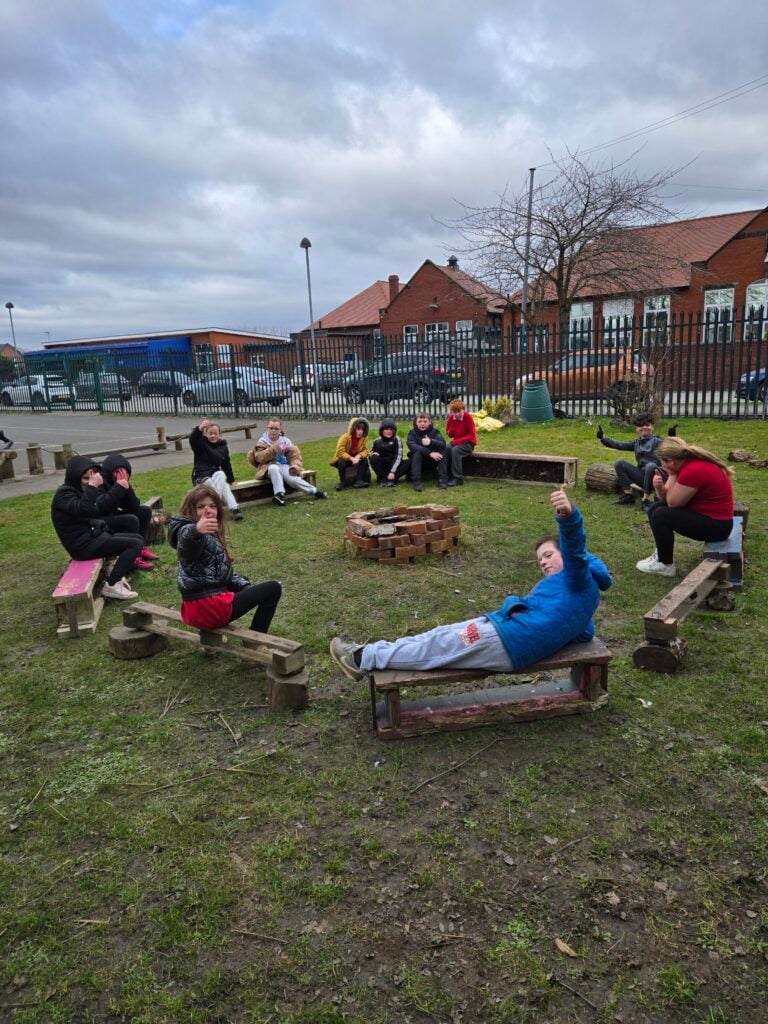

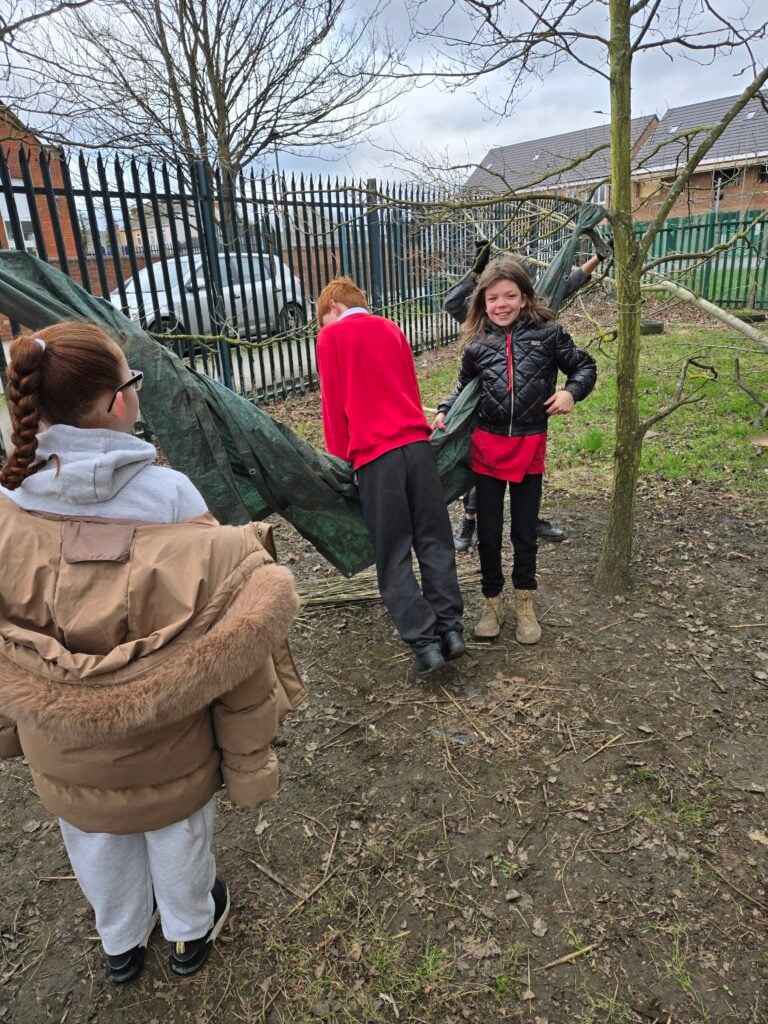
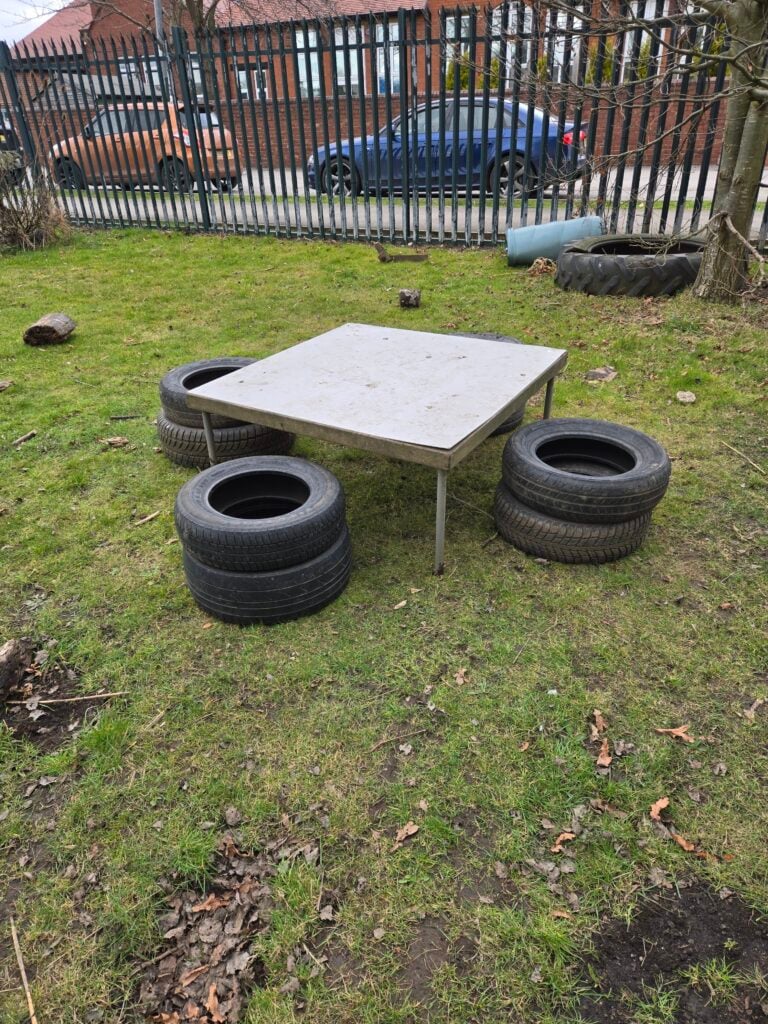
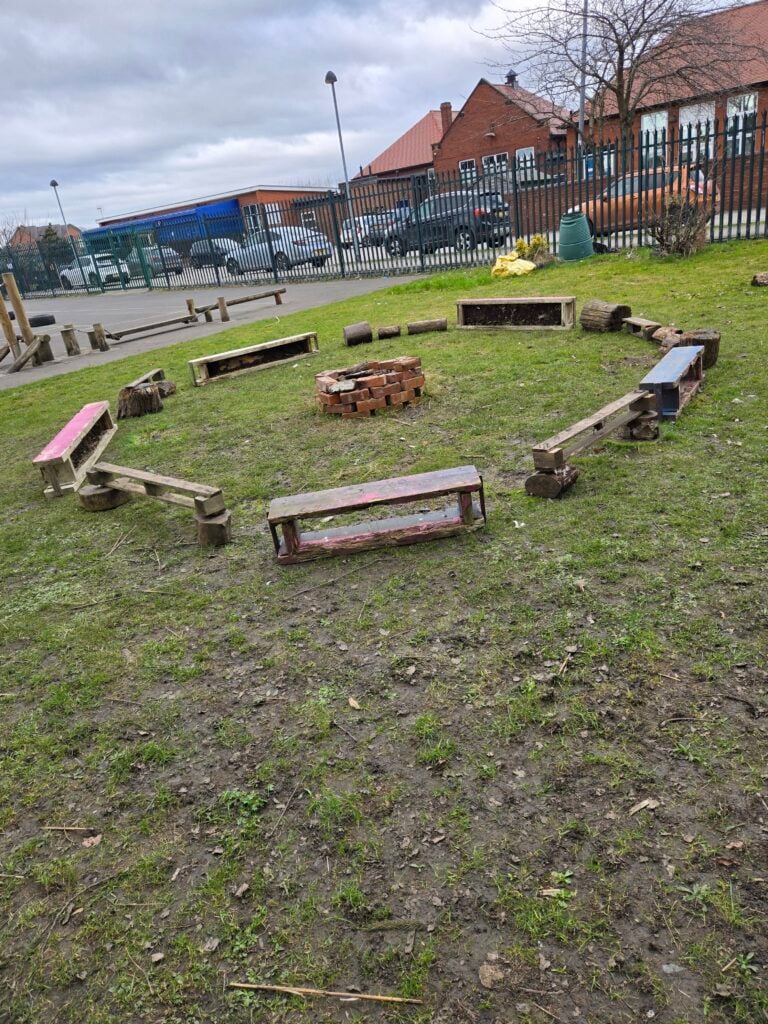
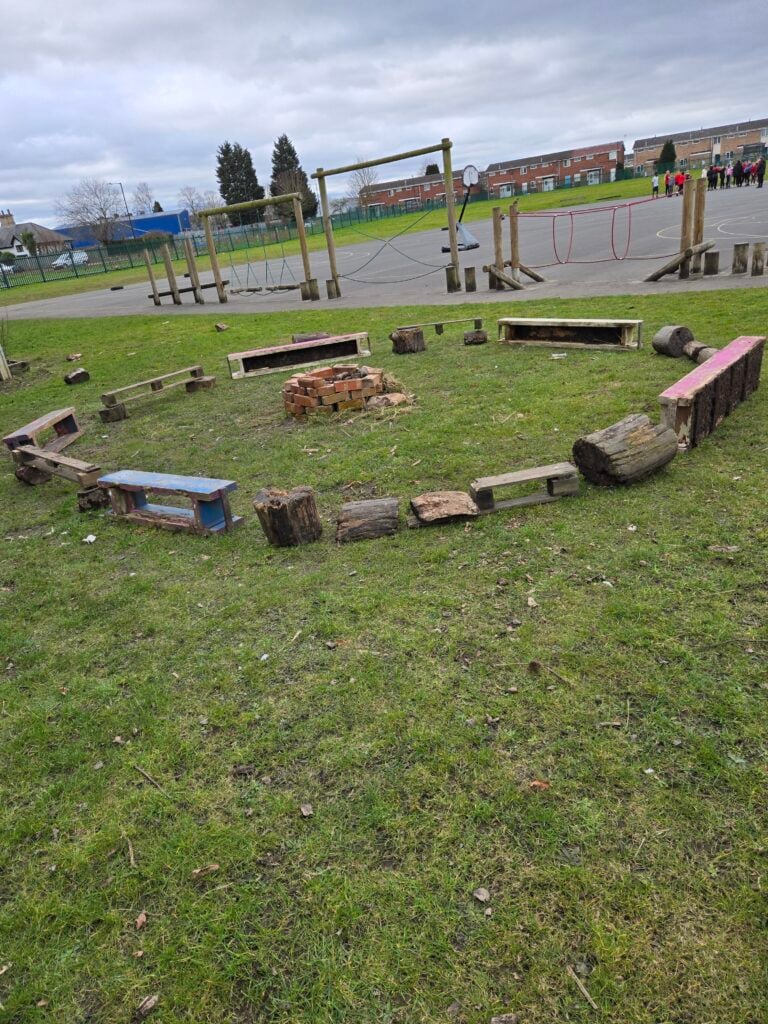
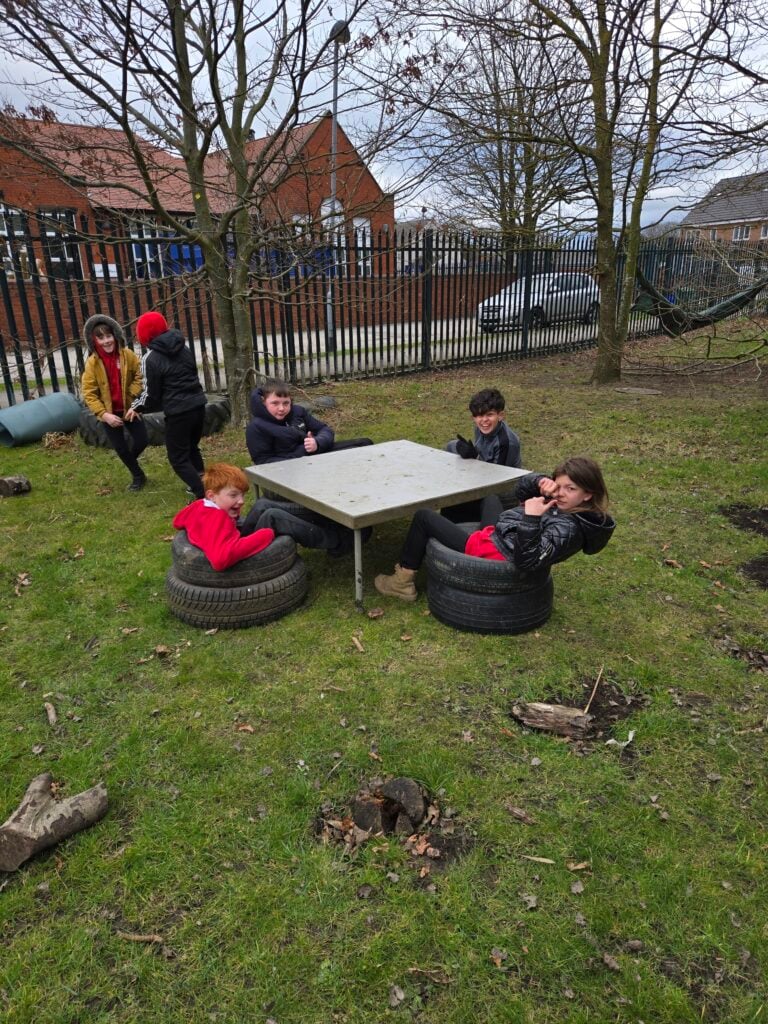
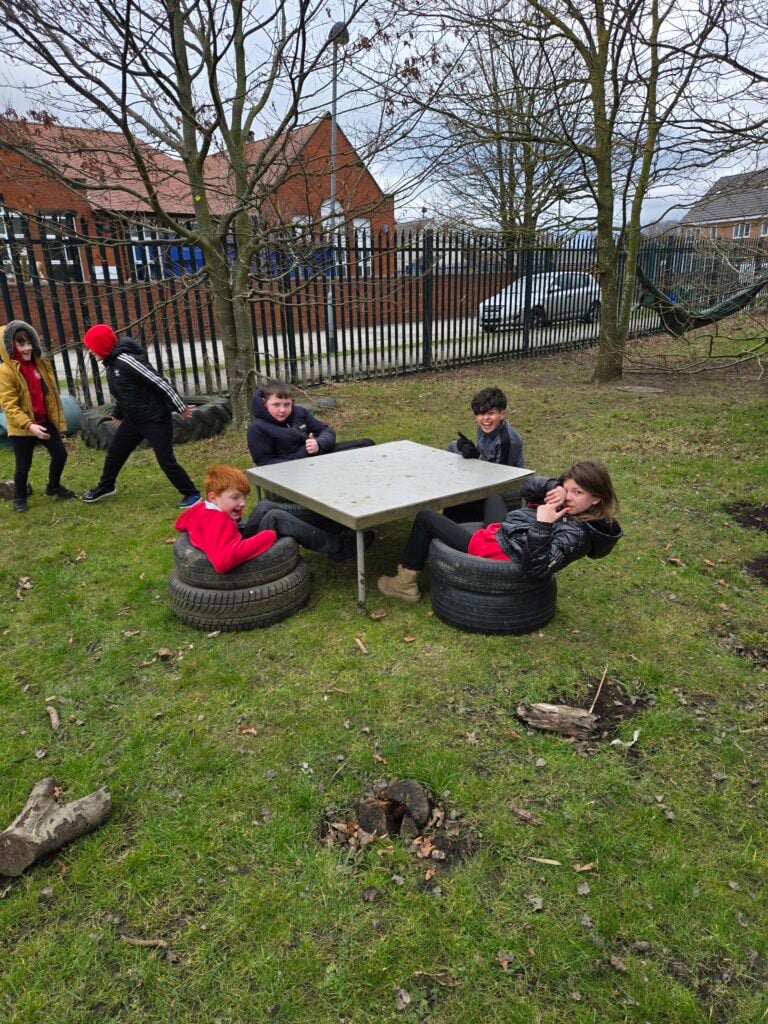
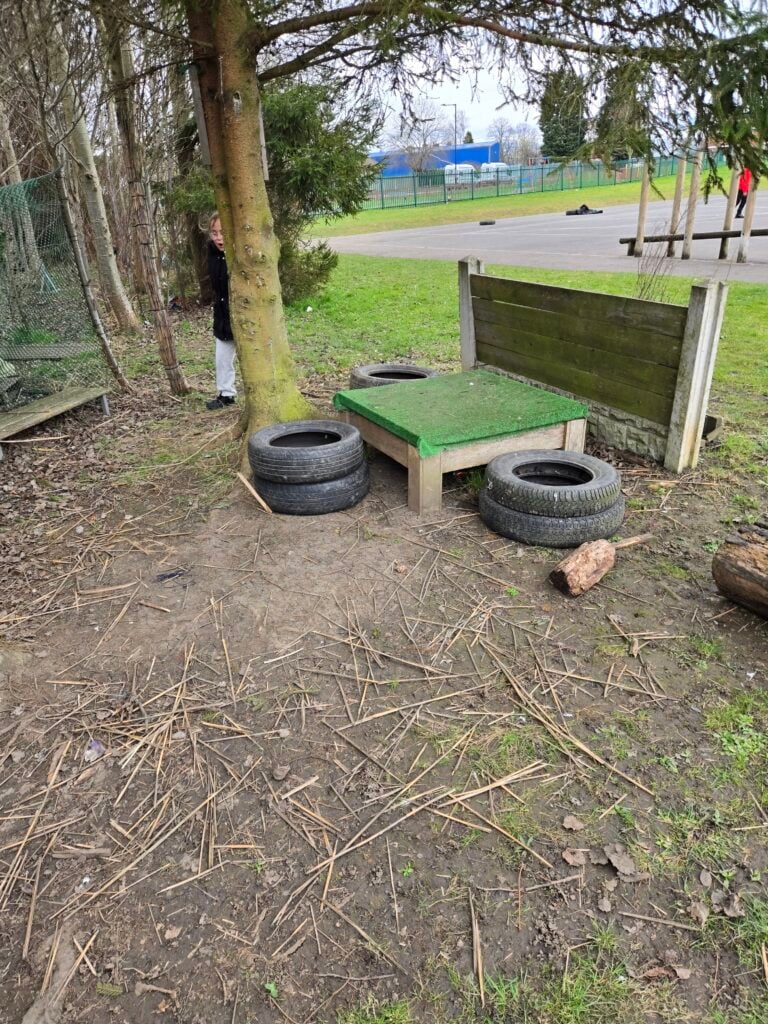
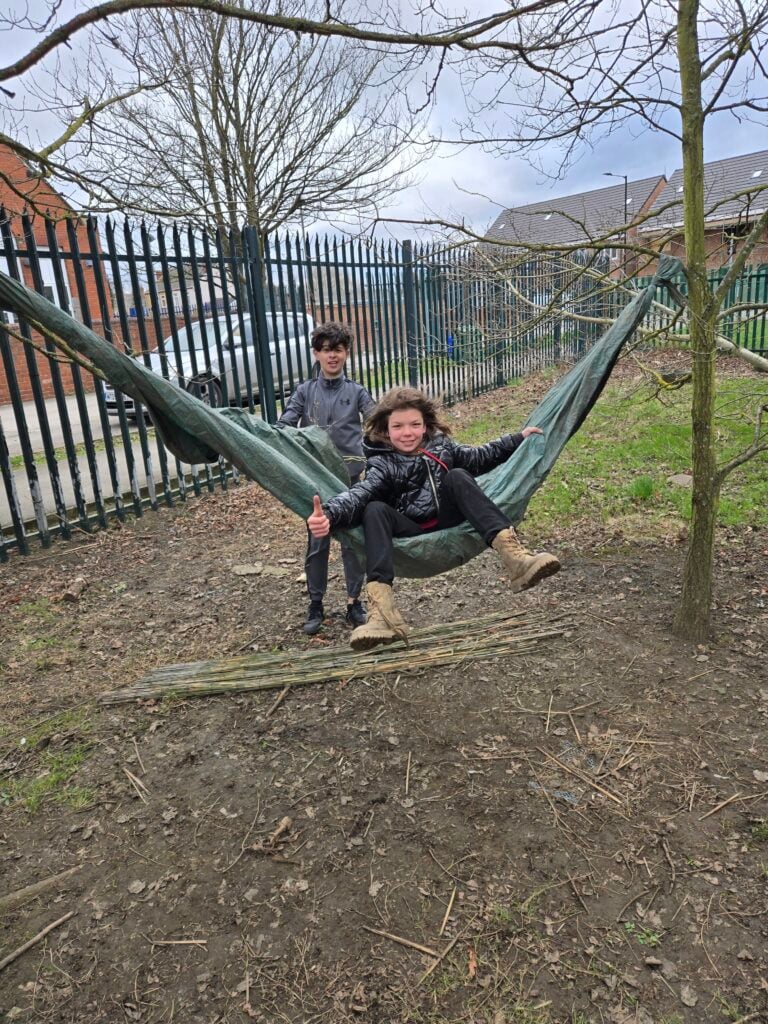
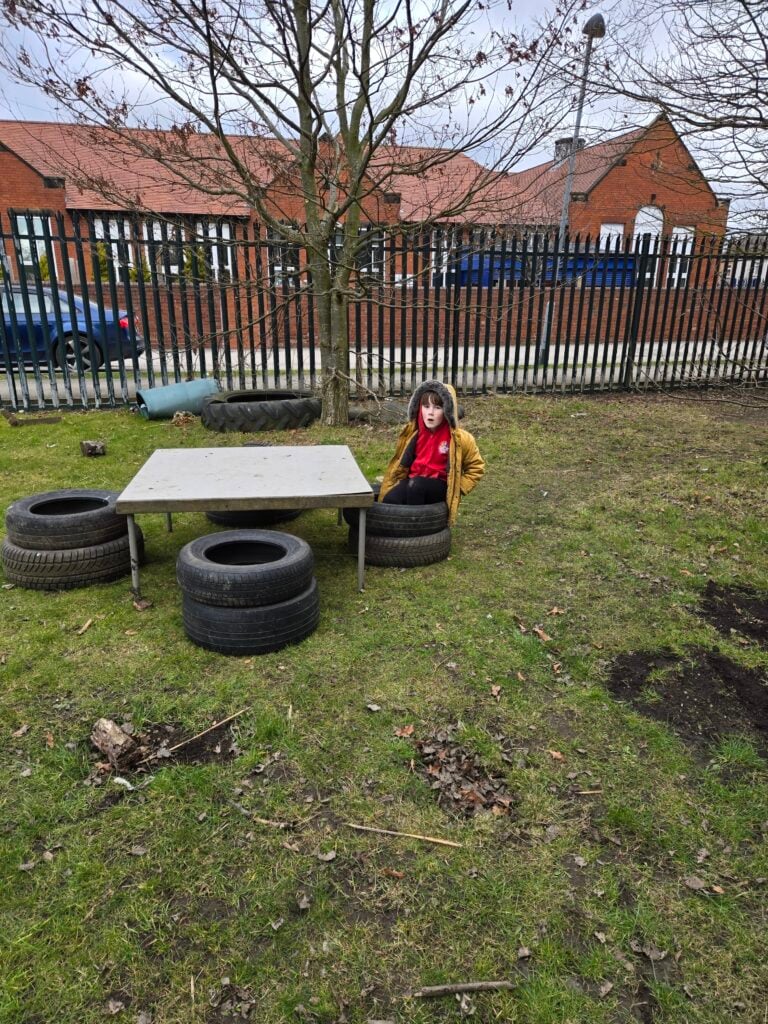
Crew Hamill have done a fantastic job in helping me clean up are forest area. They worked well has a crew and helped each other. They even made their own swing.











We thoroughly enjoyed learning about and investigating conductors and insulators. Before conducting our experiment, we made predictions about which materials would be conductors (allowing electricity to pass through) and which would be insulators (blocking the flow of electricity). As a crew, we discussed how to ensure a fair test by identifying the variables – keeping the circuit the same while changing only the materials. We then carried out our investigation, recorded our findings in a results table, concluding our results.
Our PE lesson today kickstarted our basketball unit. We looked at the techniques needed when dribbling and we also thought about space awareness. A great lesson MI 🙂
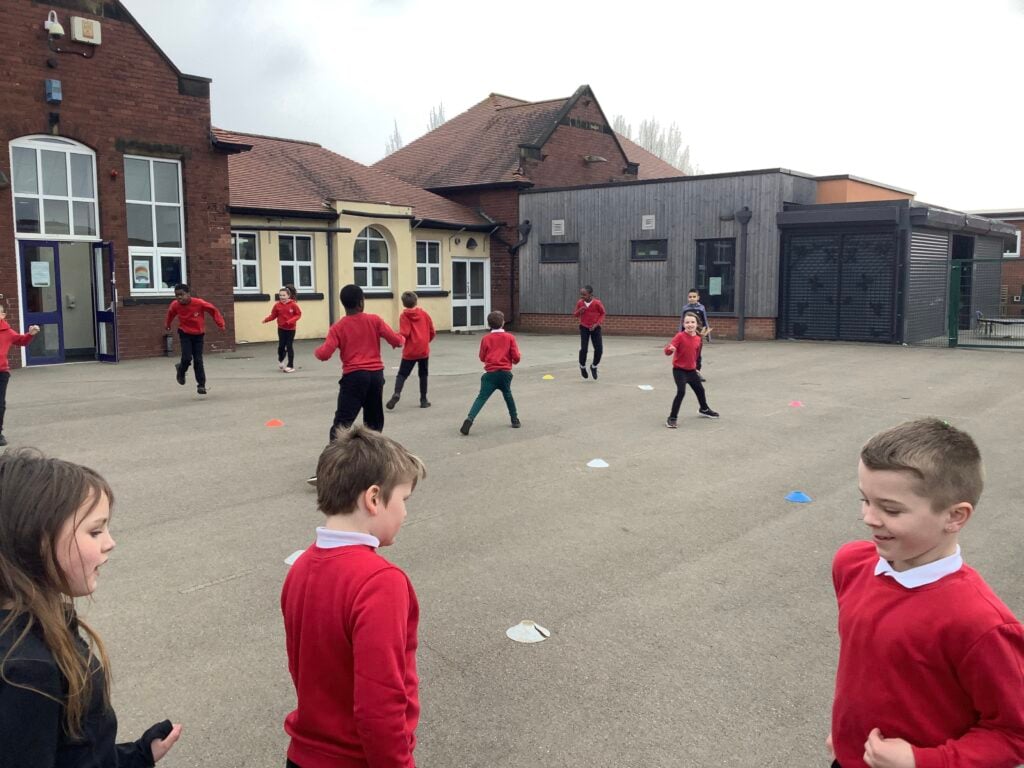
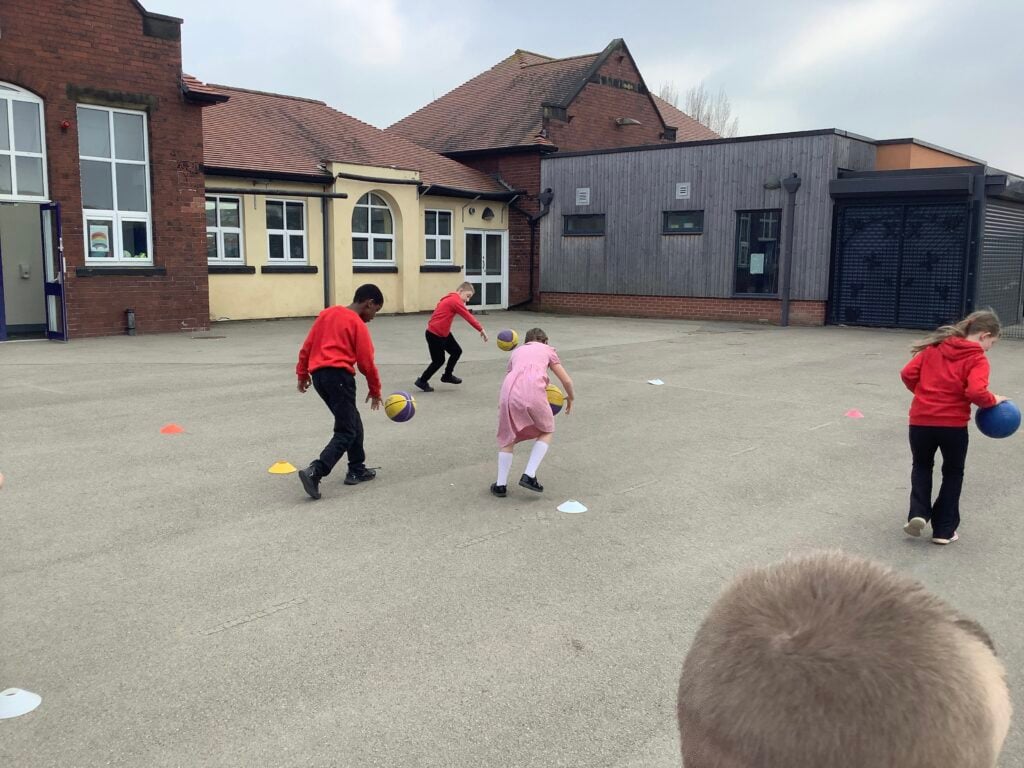
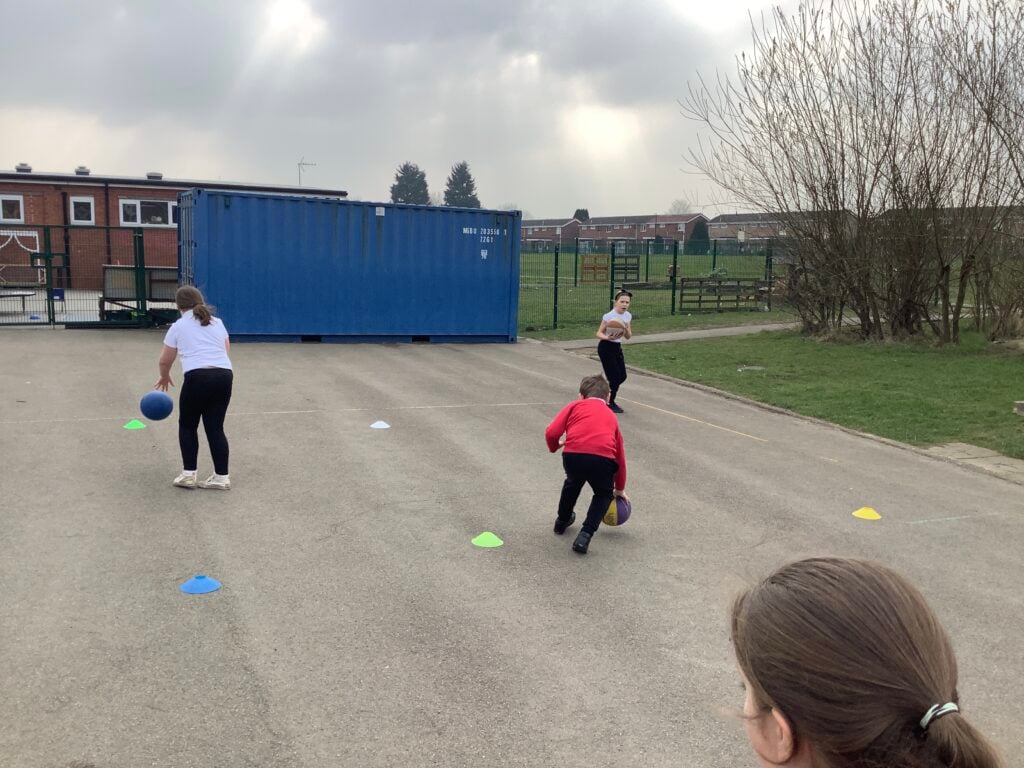
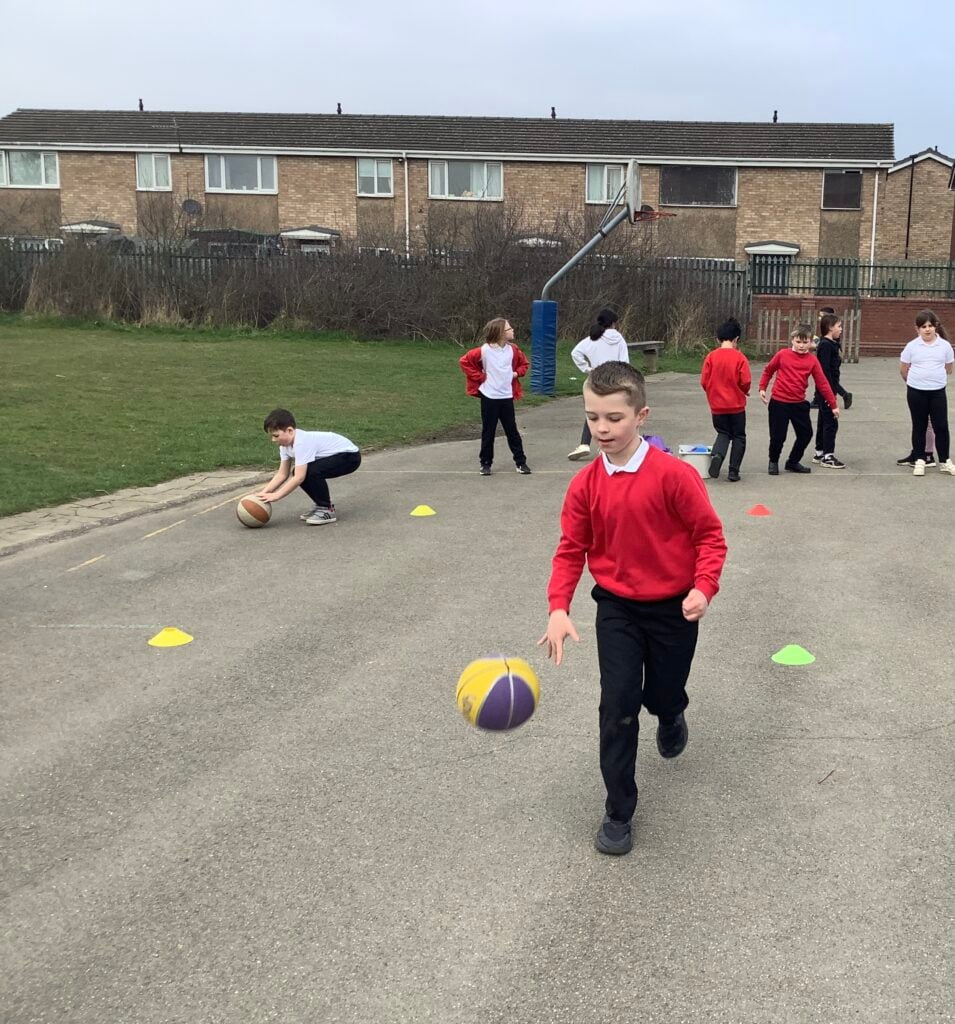
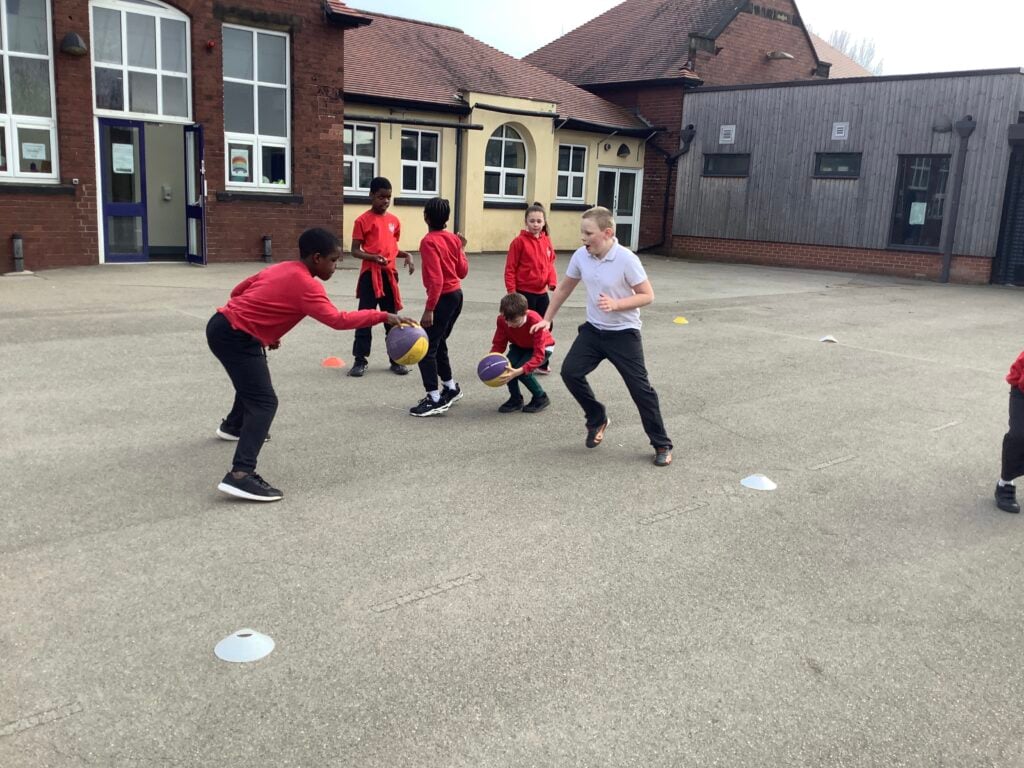

In magic maths, we have been focusing on fact families so we worked as a small group matching the multiplications and divisions.
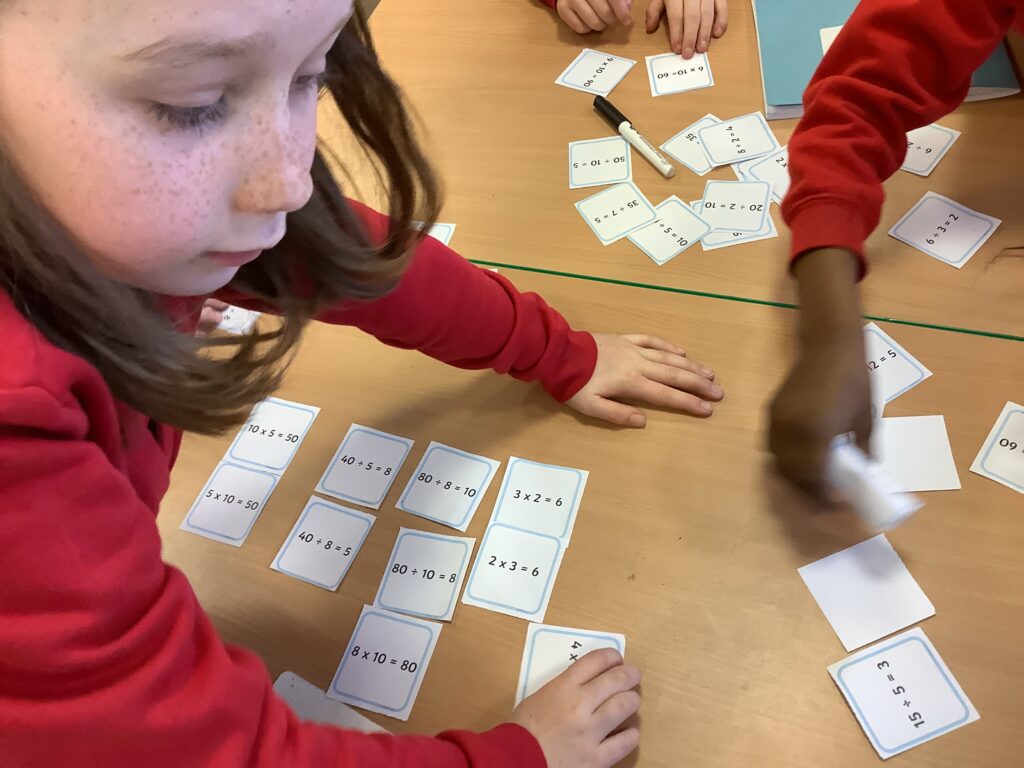
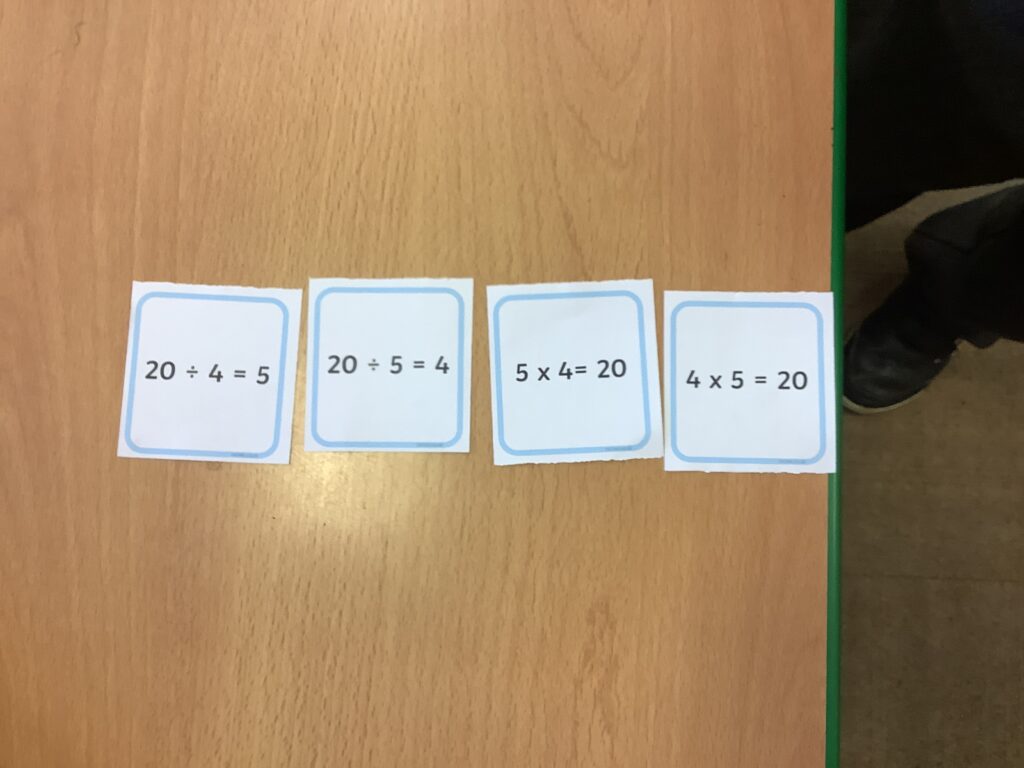
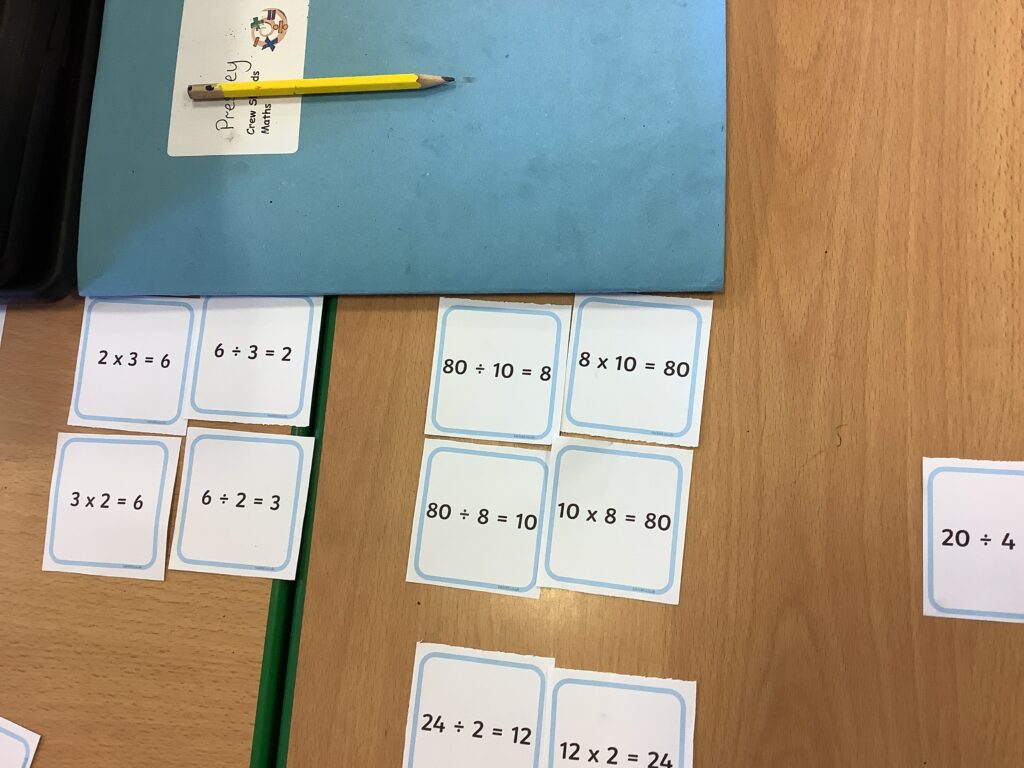

It was fantastic to see so many children dressed up for World Book Day. We even had a dinosaur loose in the classroom.
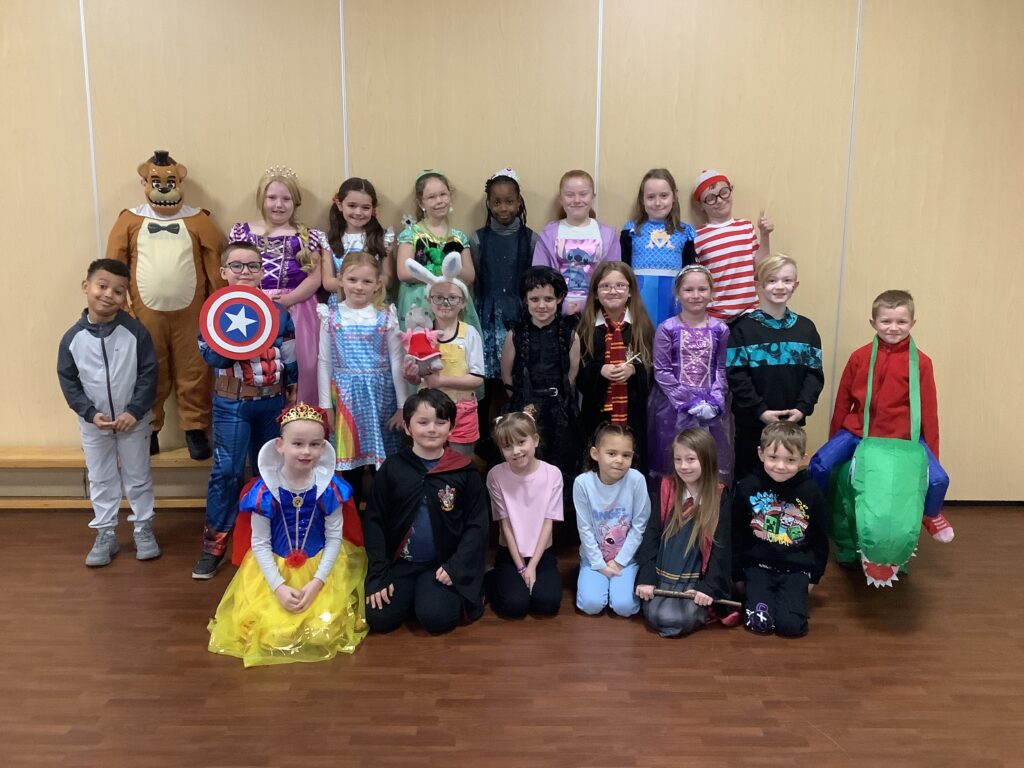
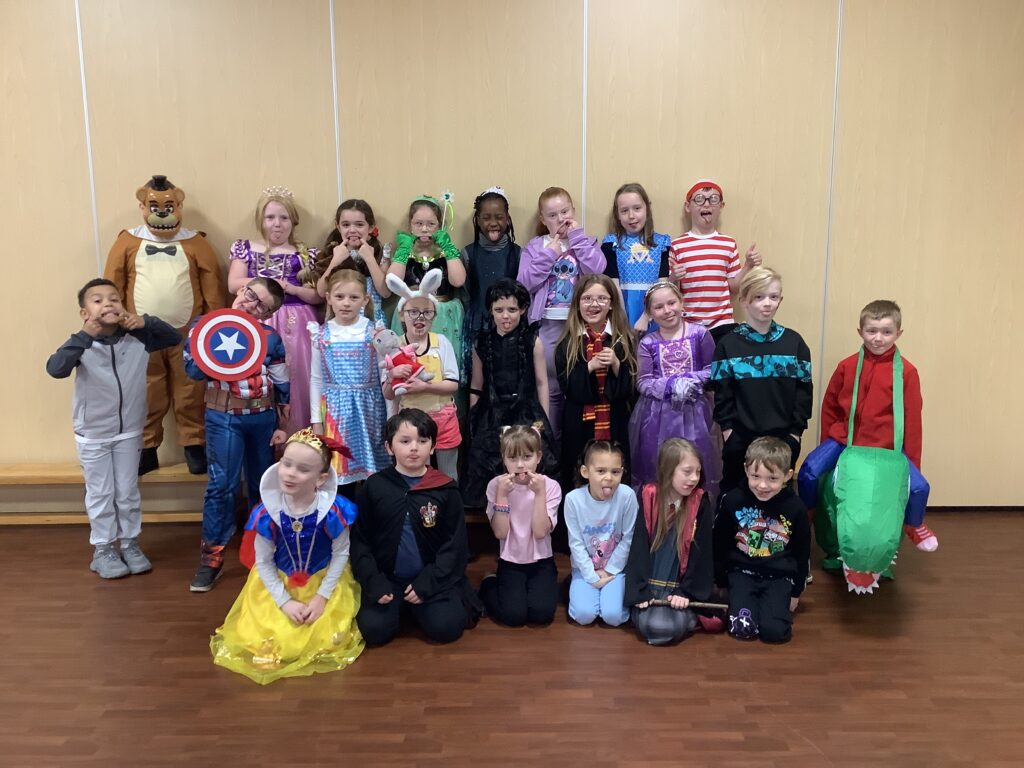
In crew, we checked in by telling the crew which character they’d come as.
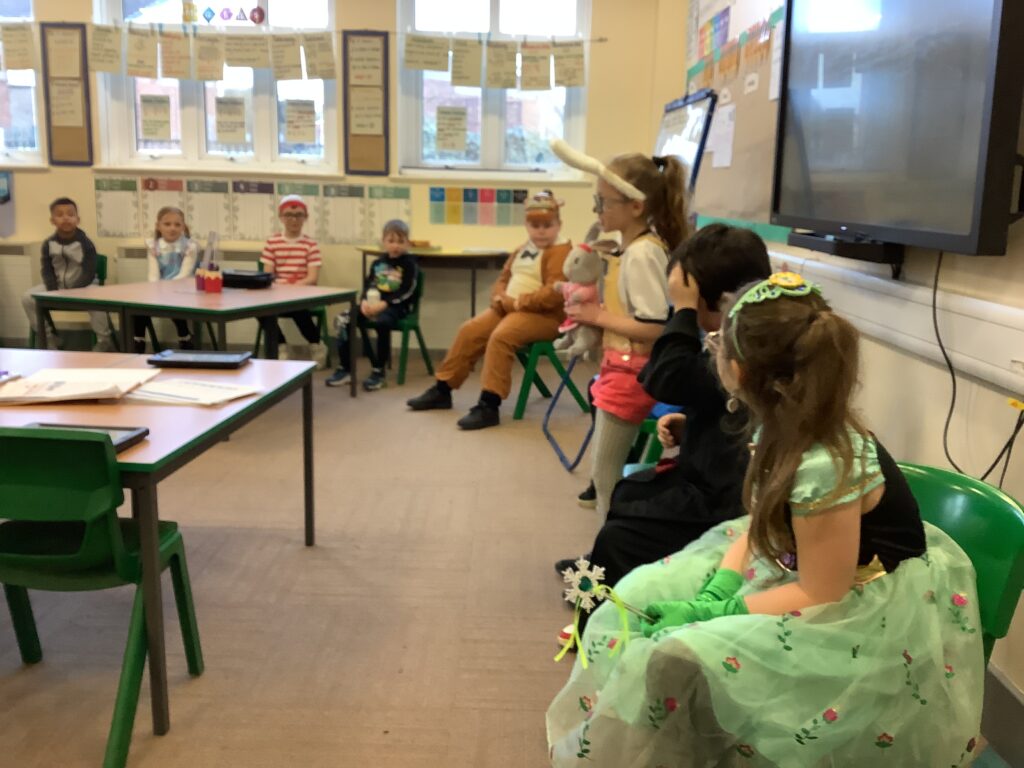

After break, we read with Crew Robson which was such a lovely time. It was lovely hearing the children read to younger children but also to hear them being confident enough to read to older children. And of course this was even better with a biscuit.
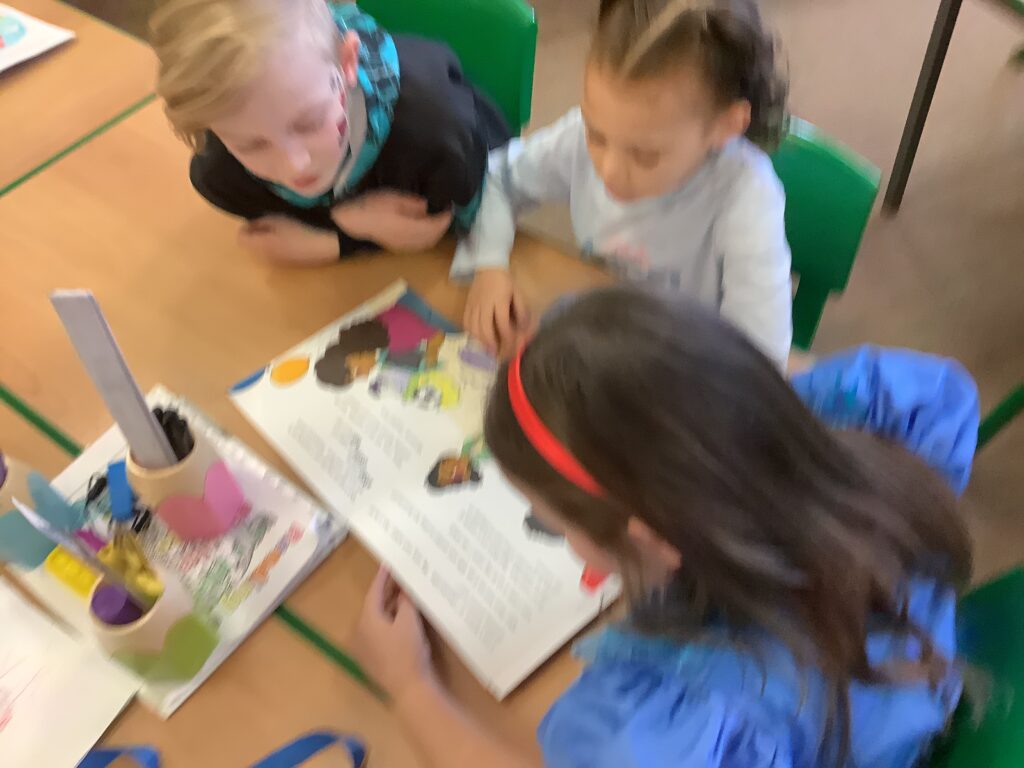
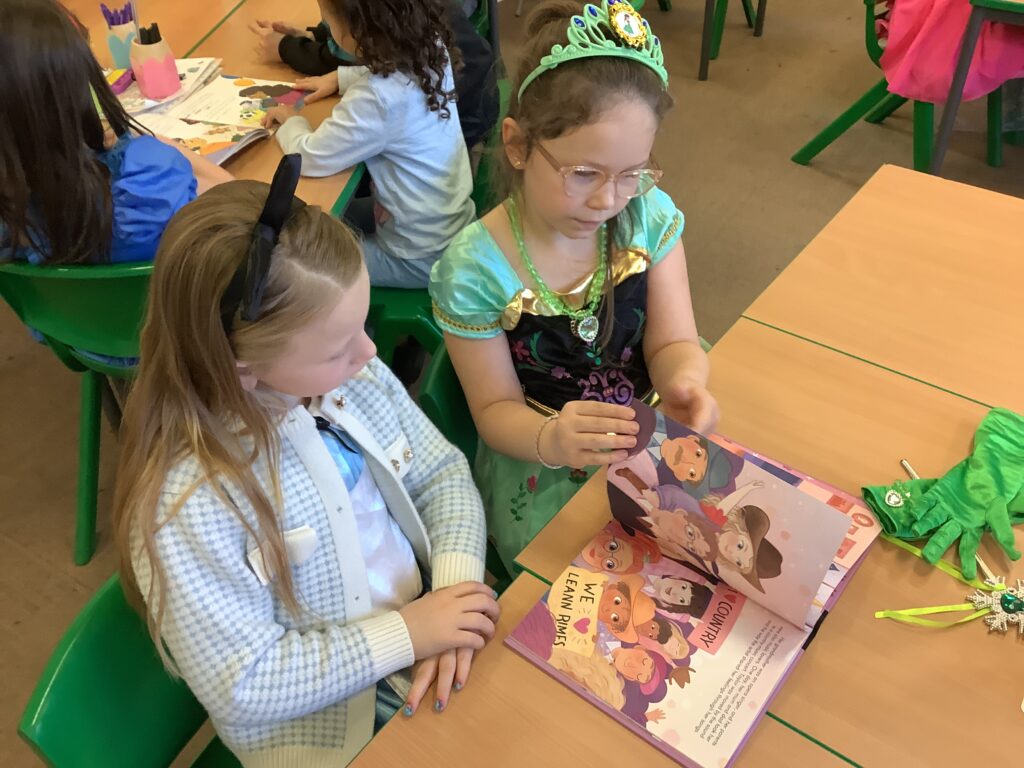
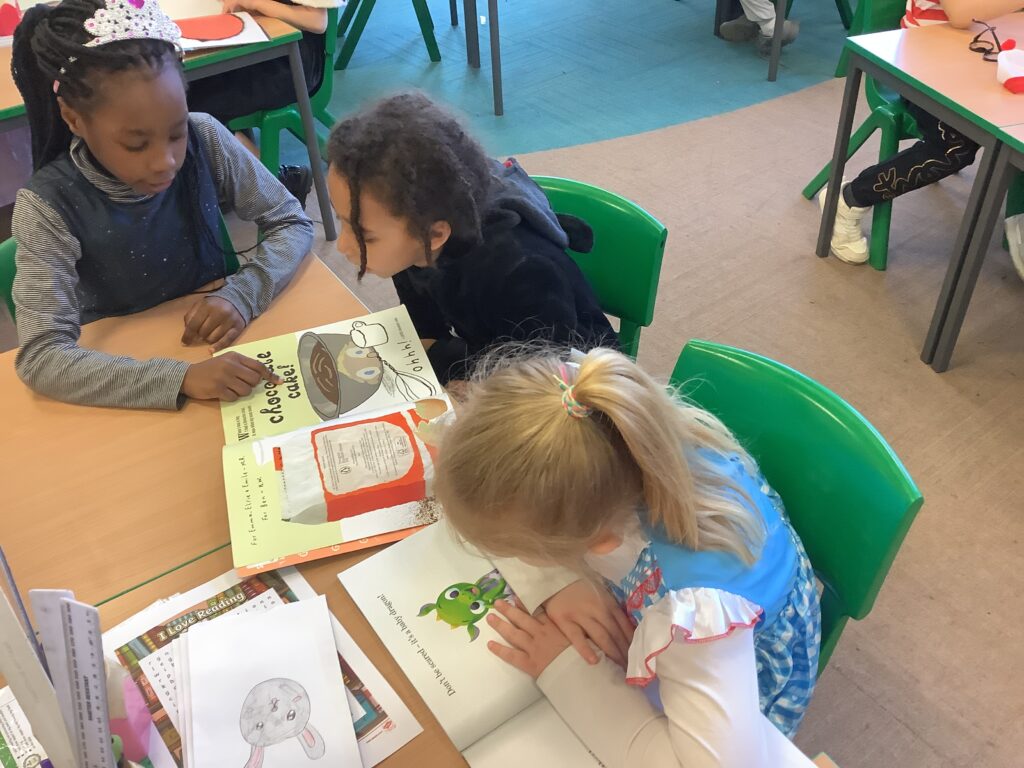
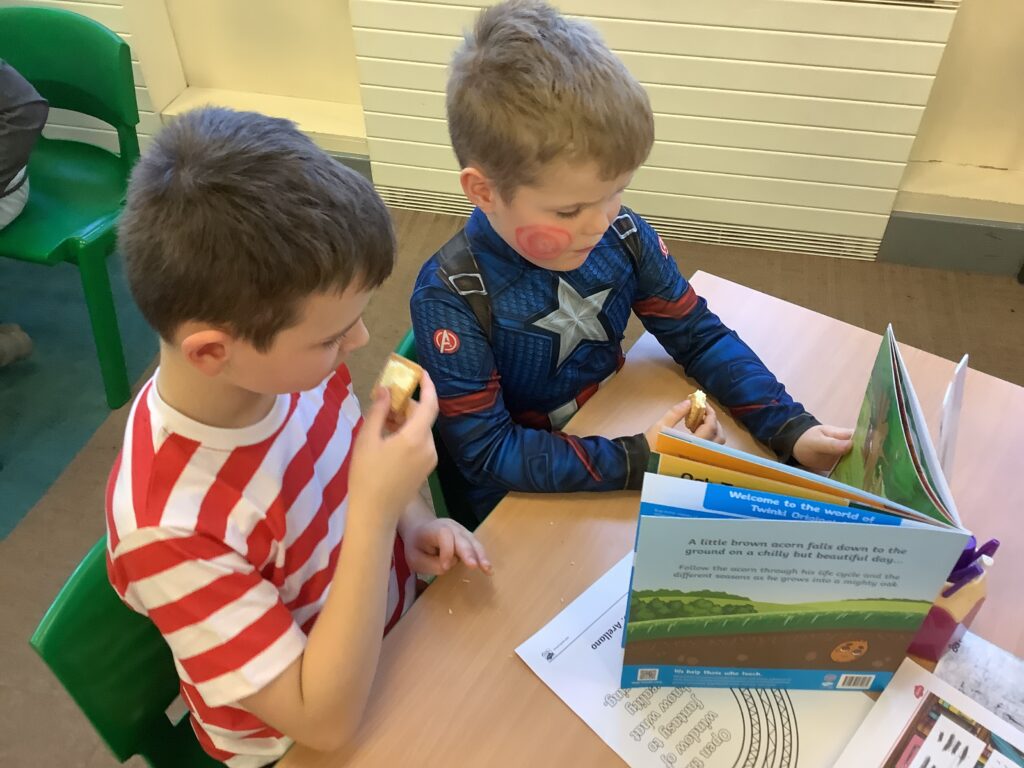

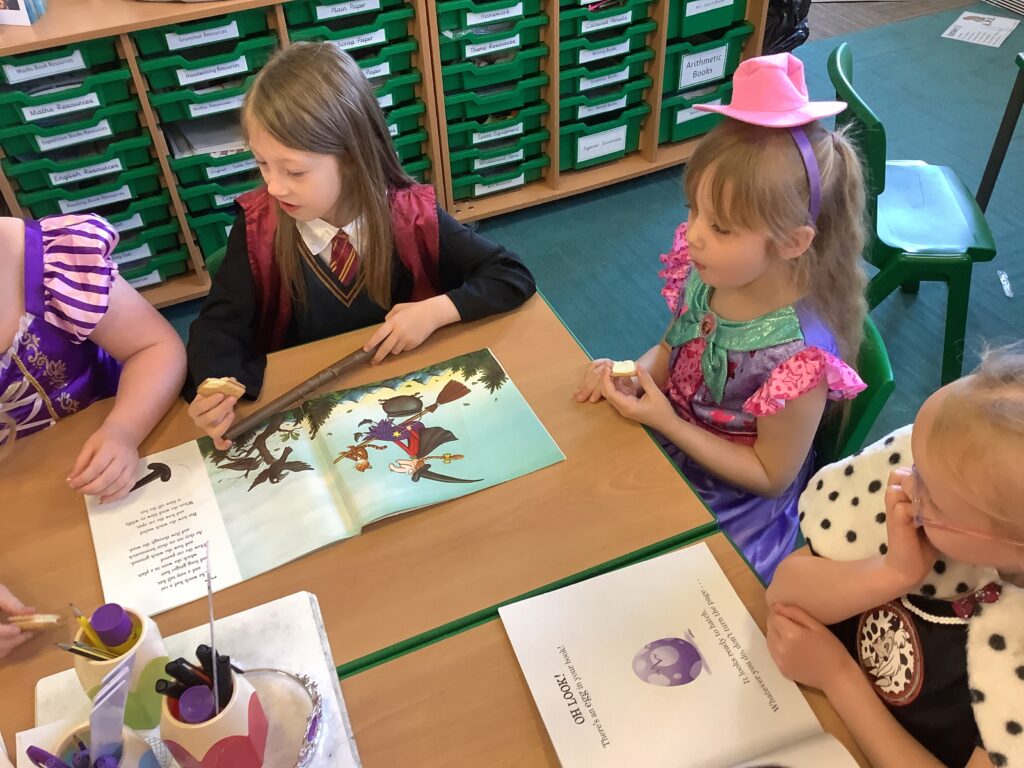
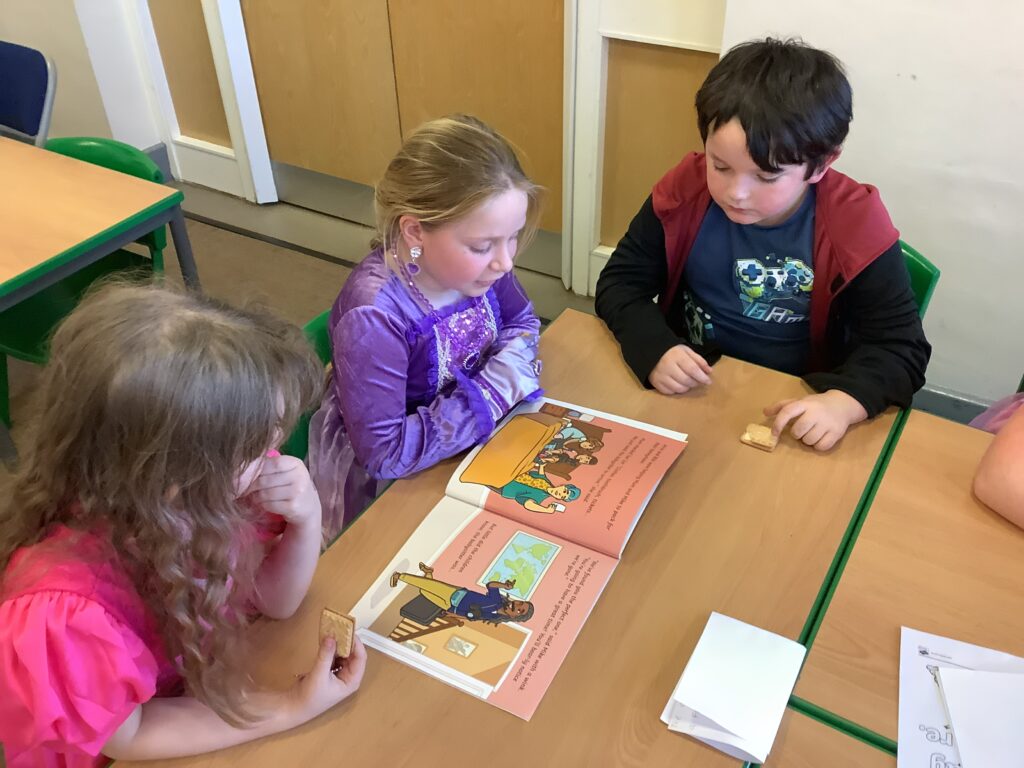
Well done to the effort and creativity that went into the paper plate challenge. Unfortunately we couldn’t give everyone a prize but well done to Lily-Ann and Emily.

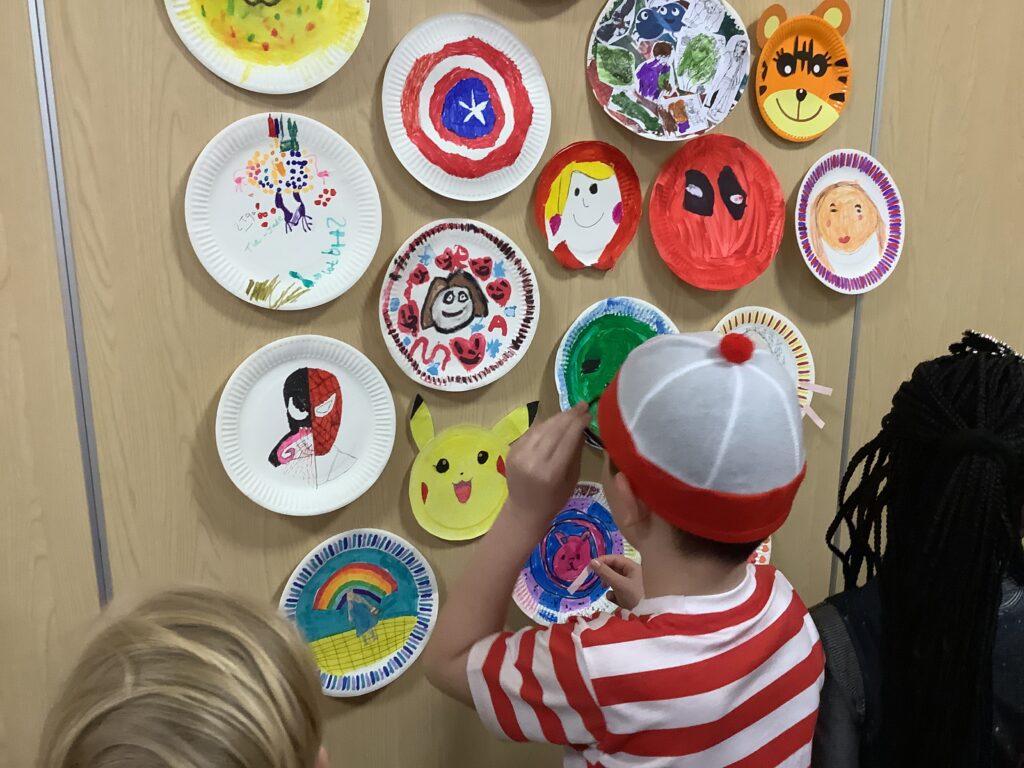
In Science, we investigated what happens when you add a switch to a circuit. Children were given equipment and had to build a circuit before figuring out how to add the switch.
Children discovered that when a switch is on it completes the circuit, therefore allowing electricity to flow through the circuit.
When it is off. It creates a break in the circuit which stops the electricity from flowing through the circuit.
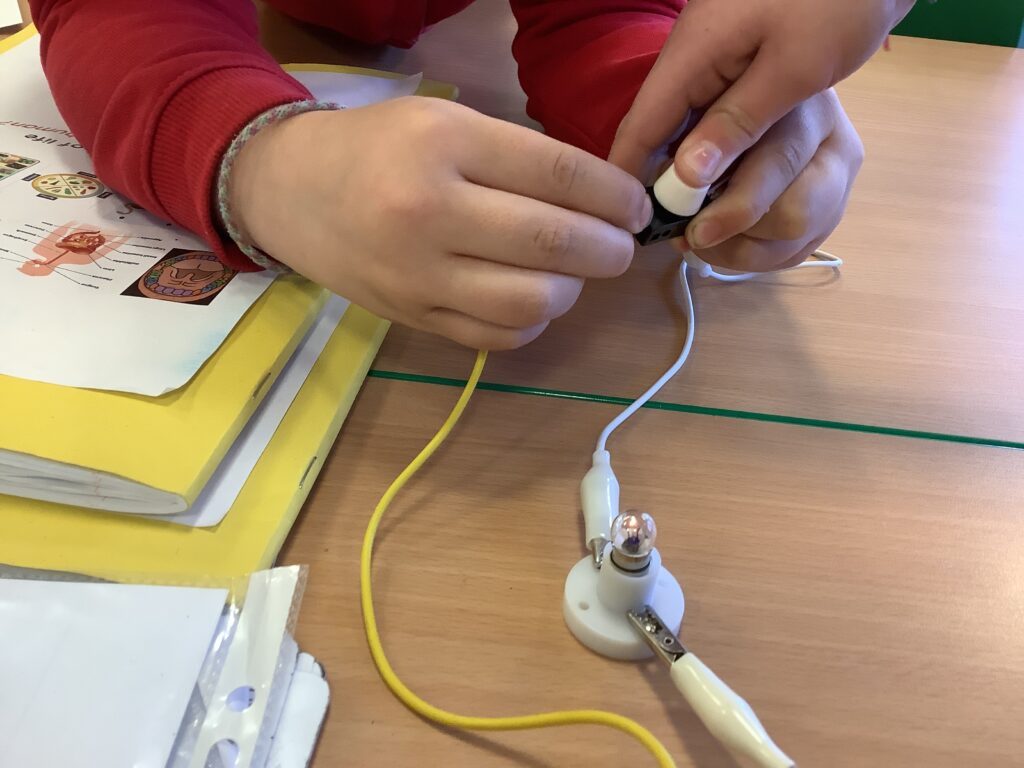
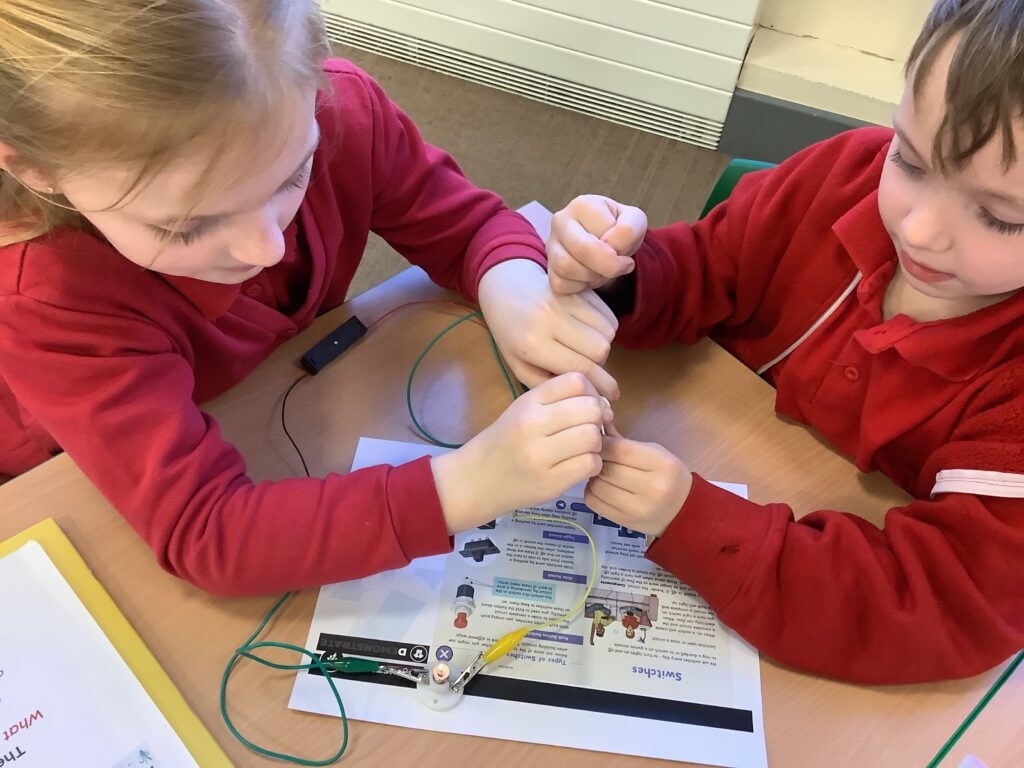

Check out todays artwork – our portraits of inspirational people.

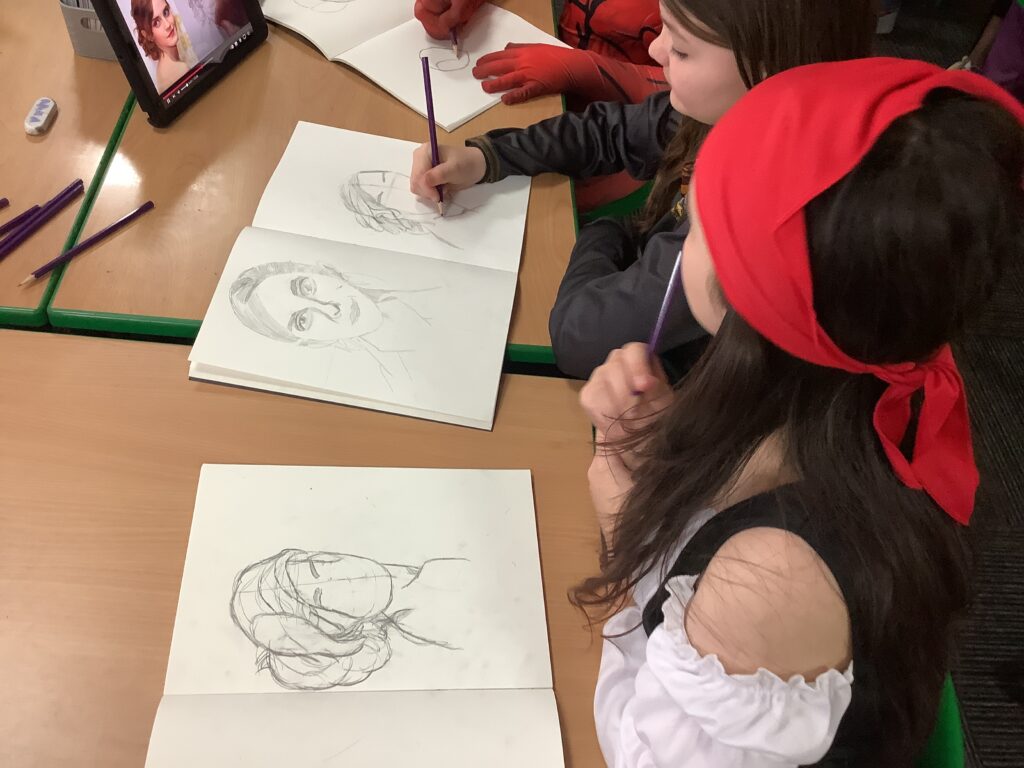
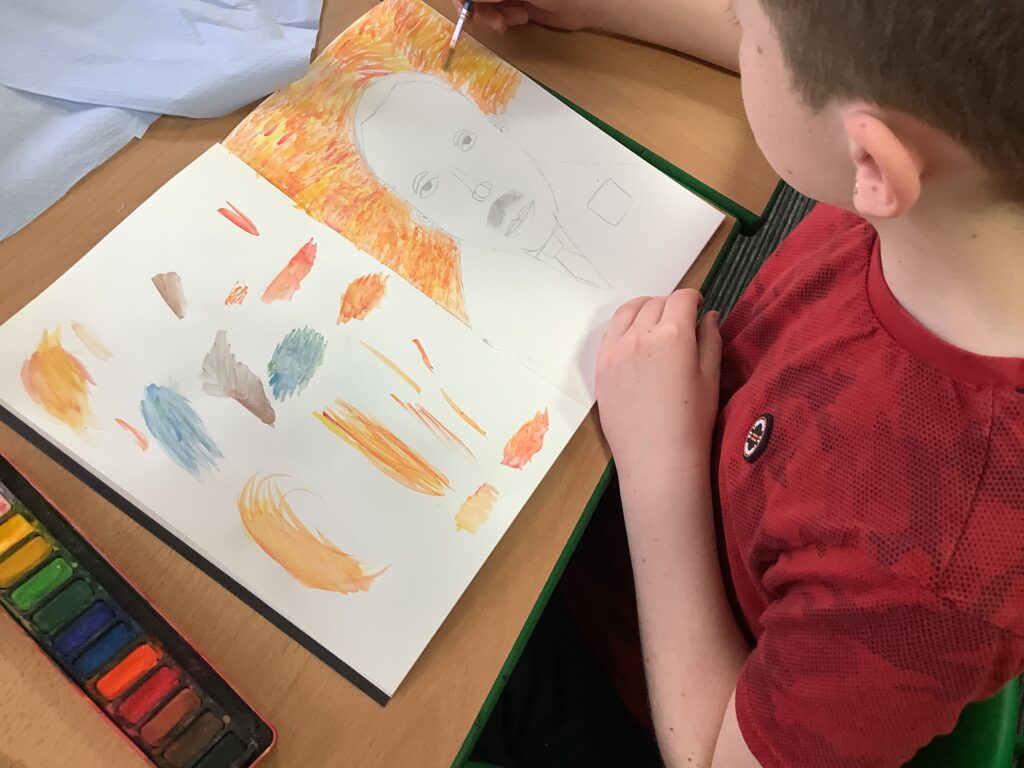
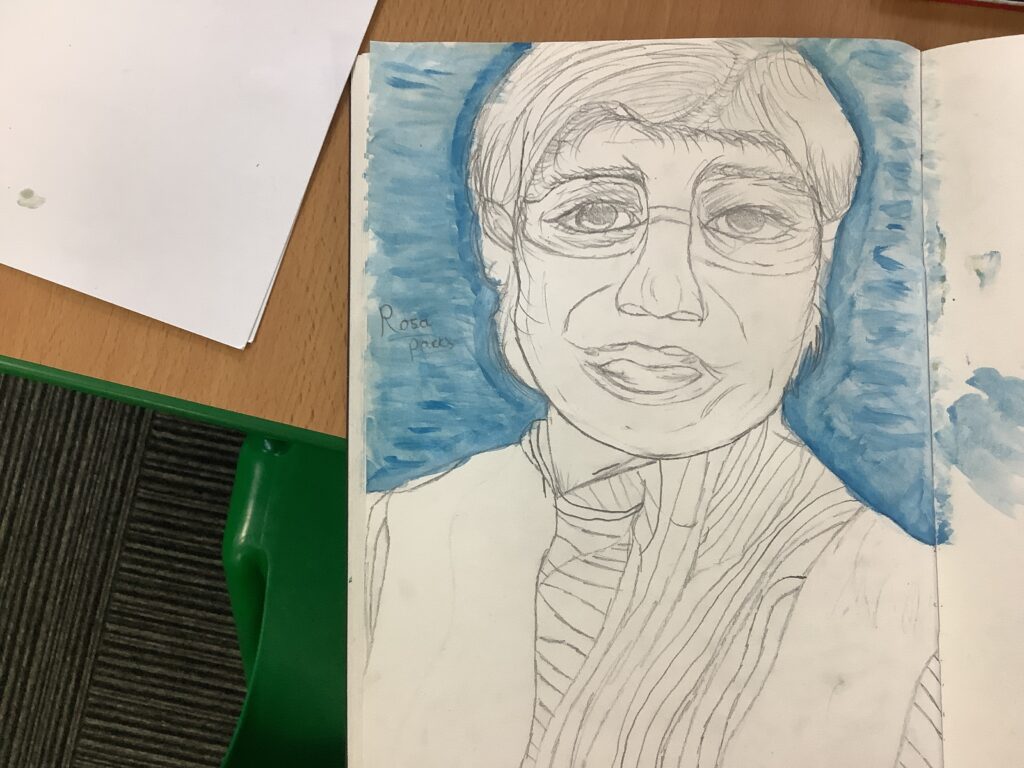
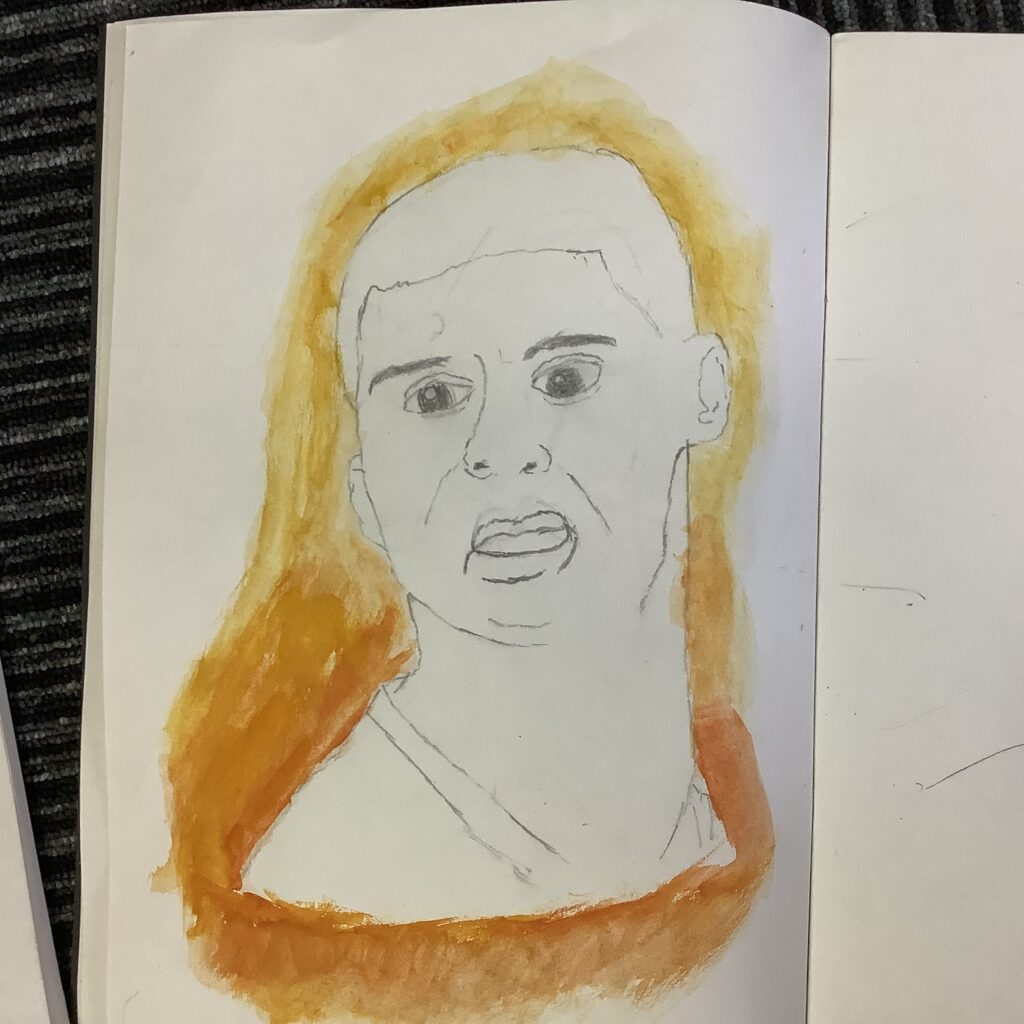
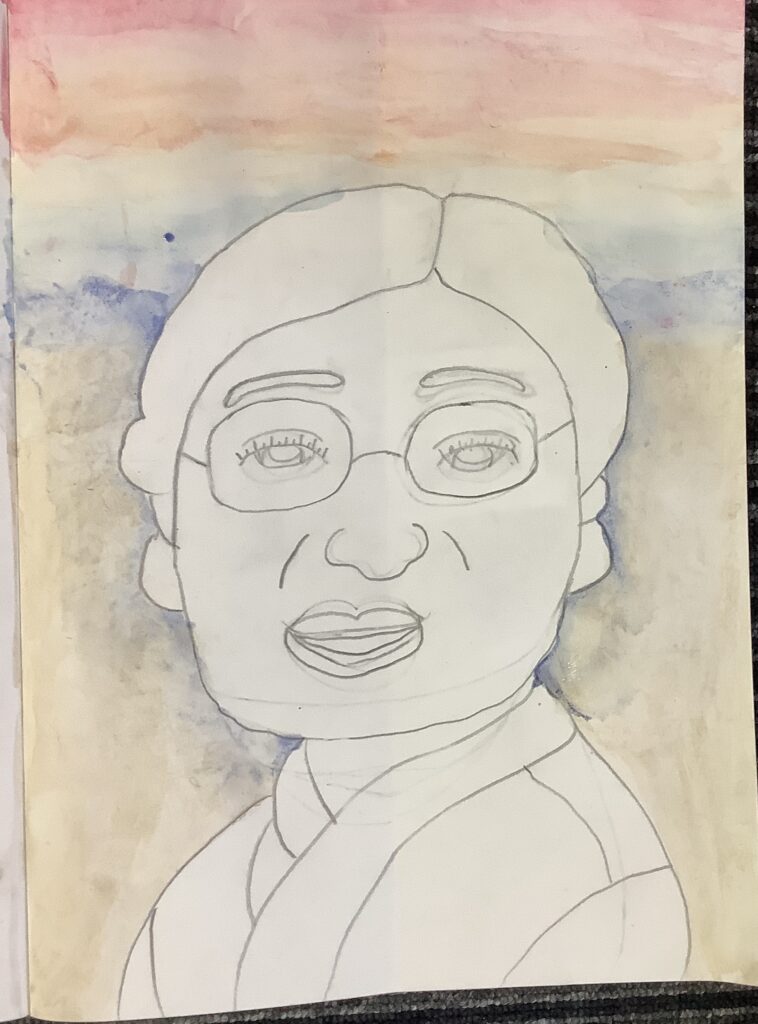
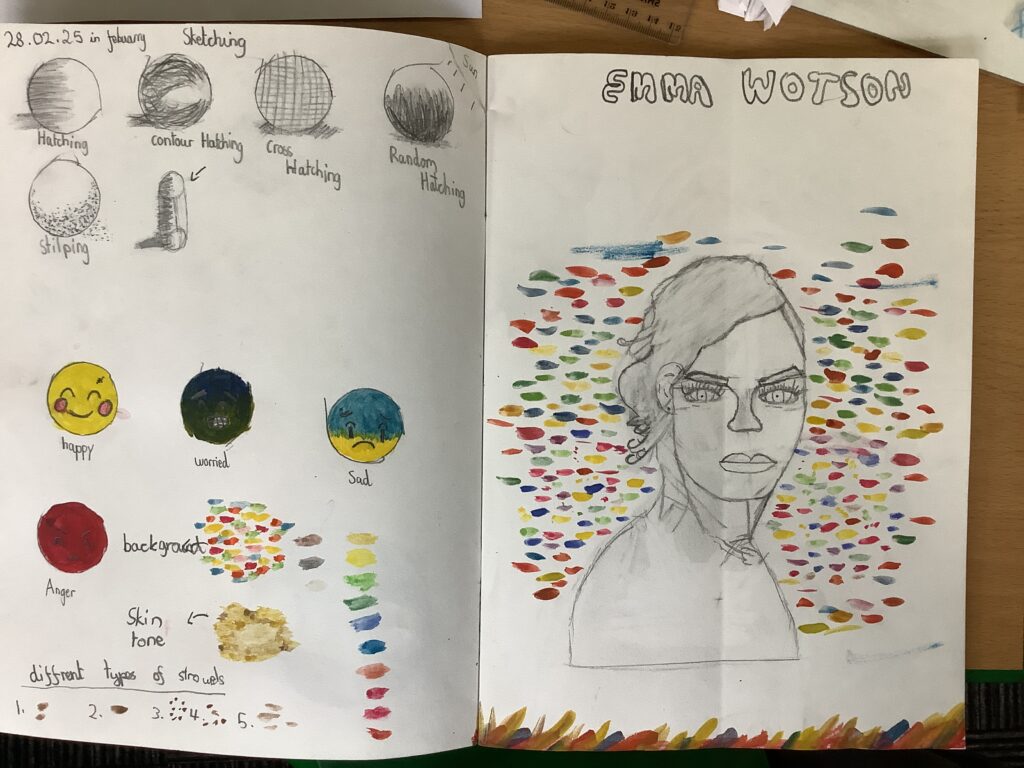
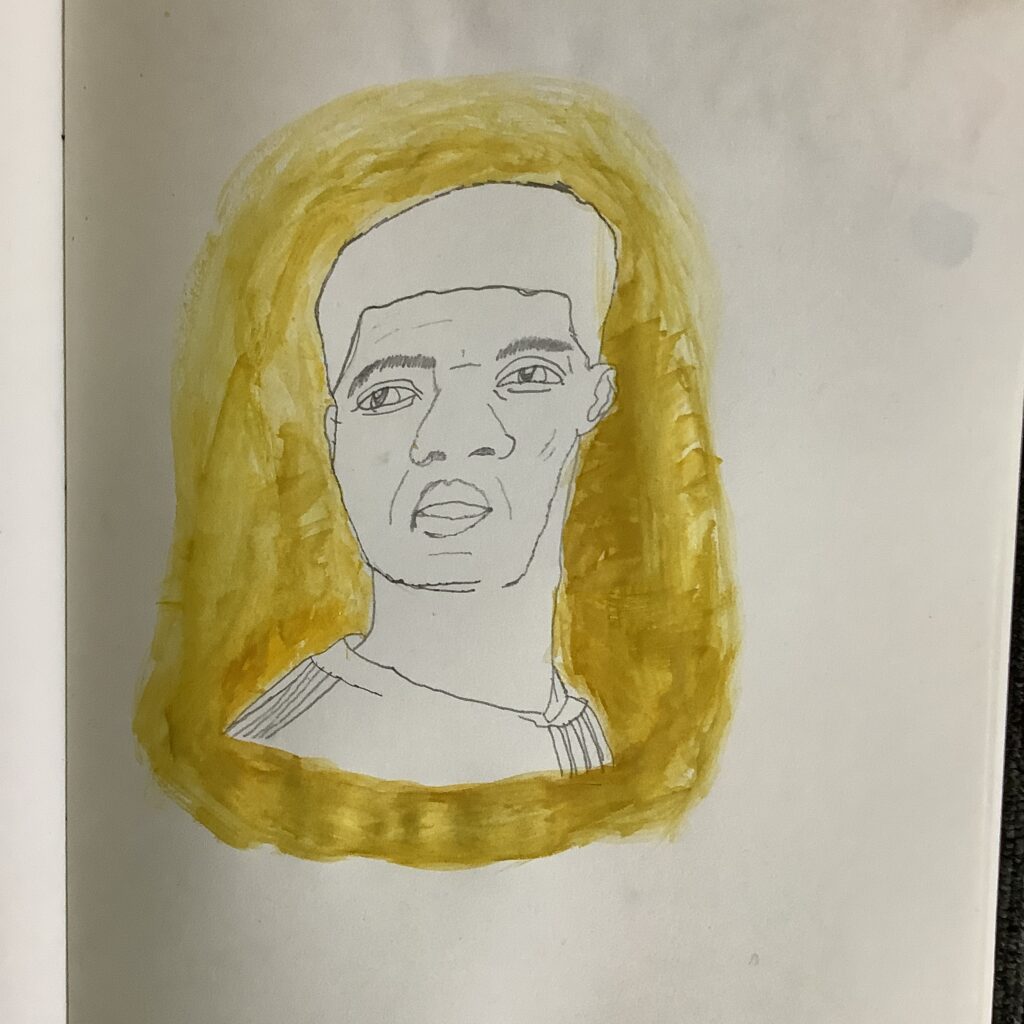
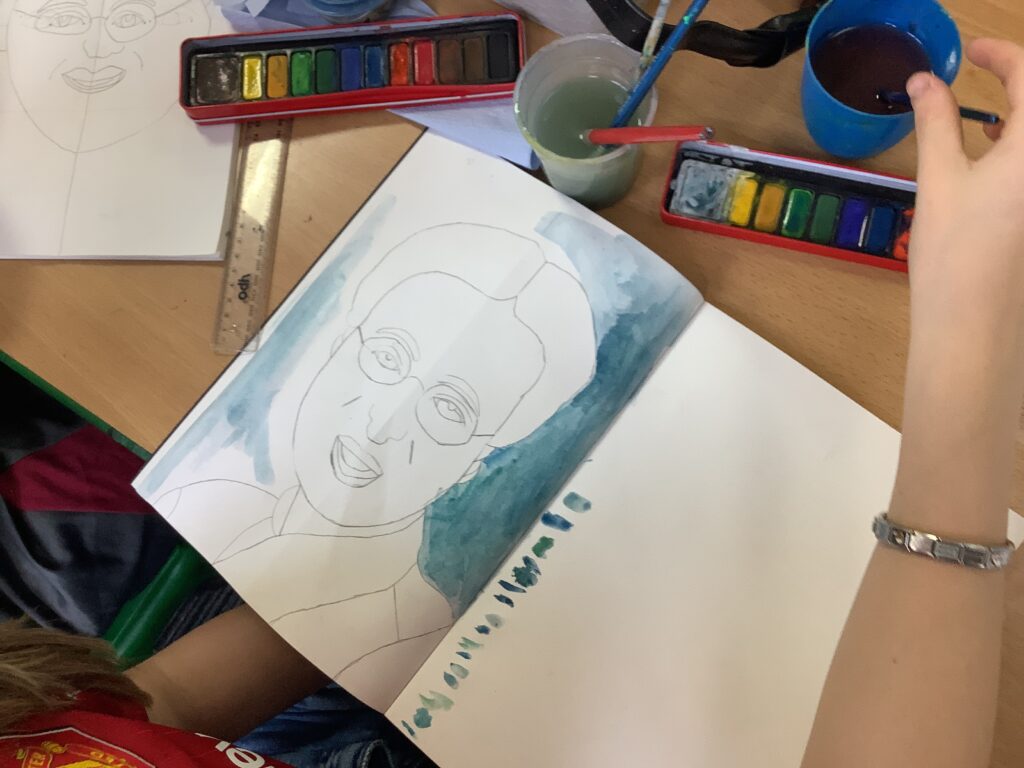

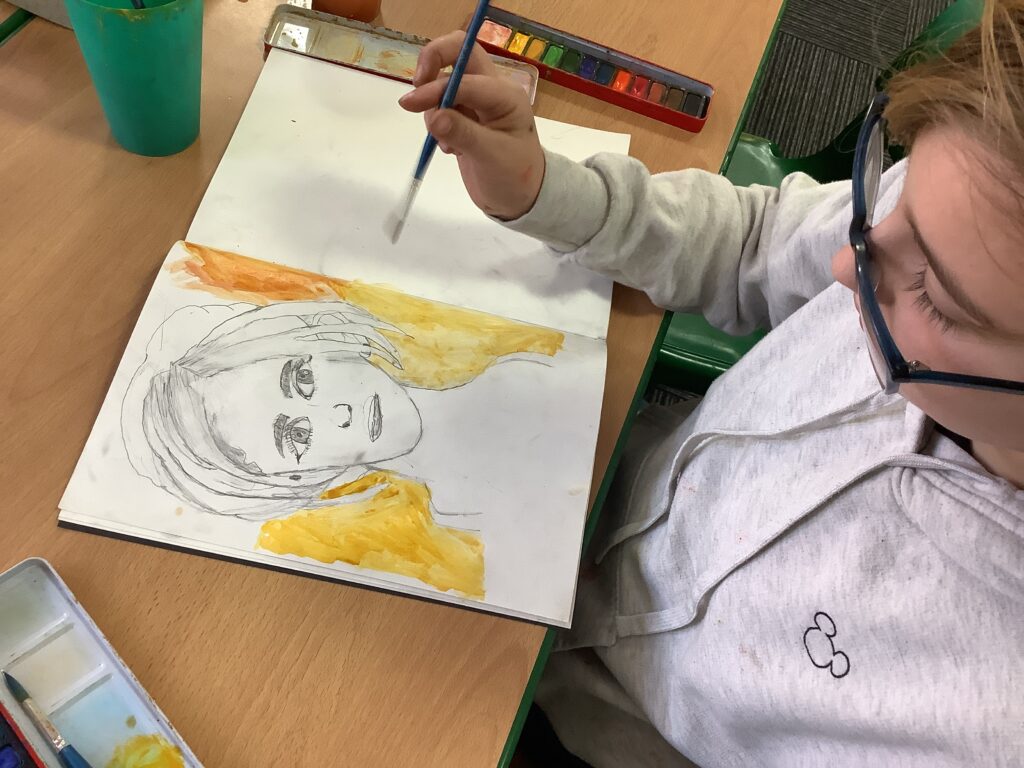
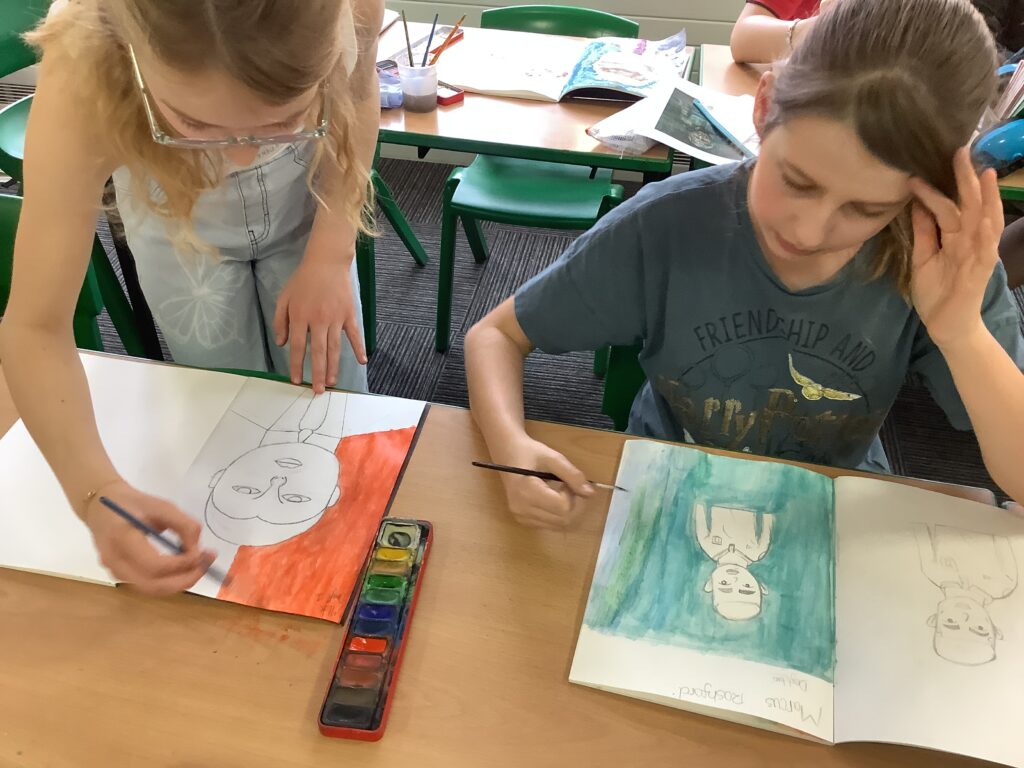
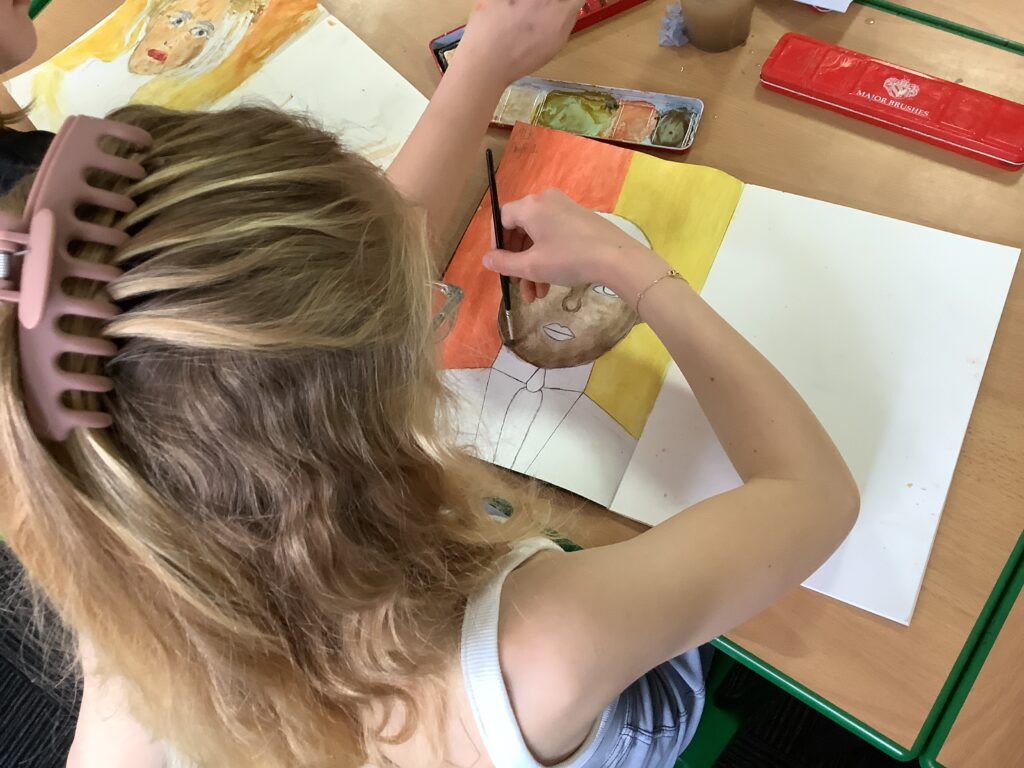
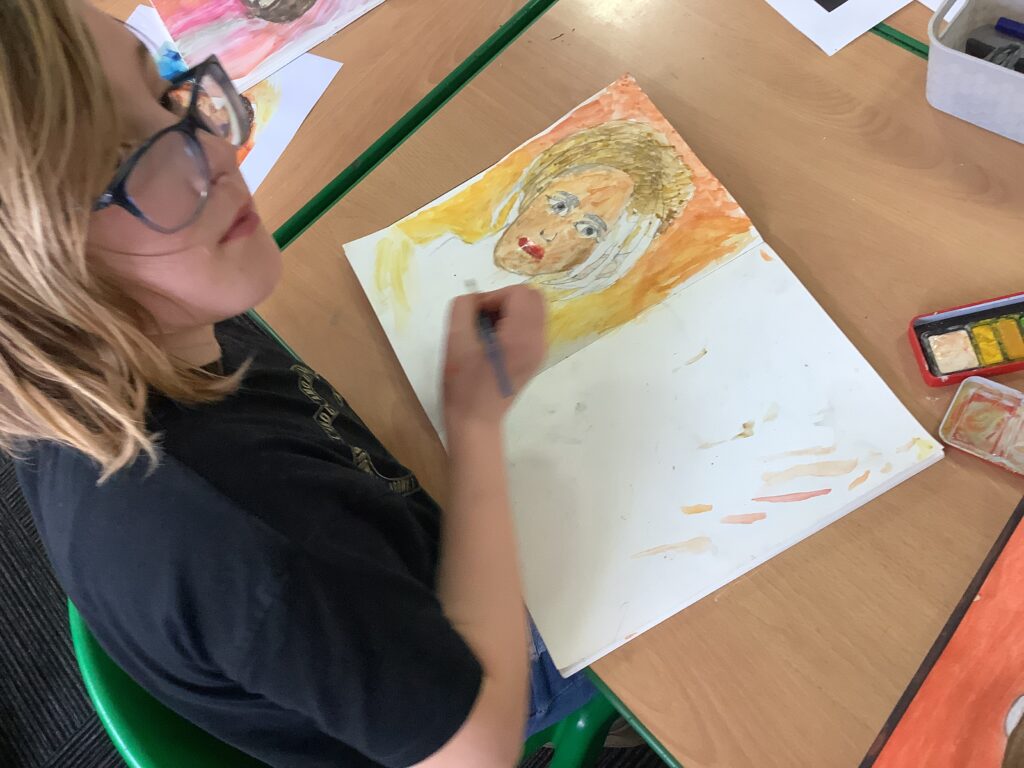



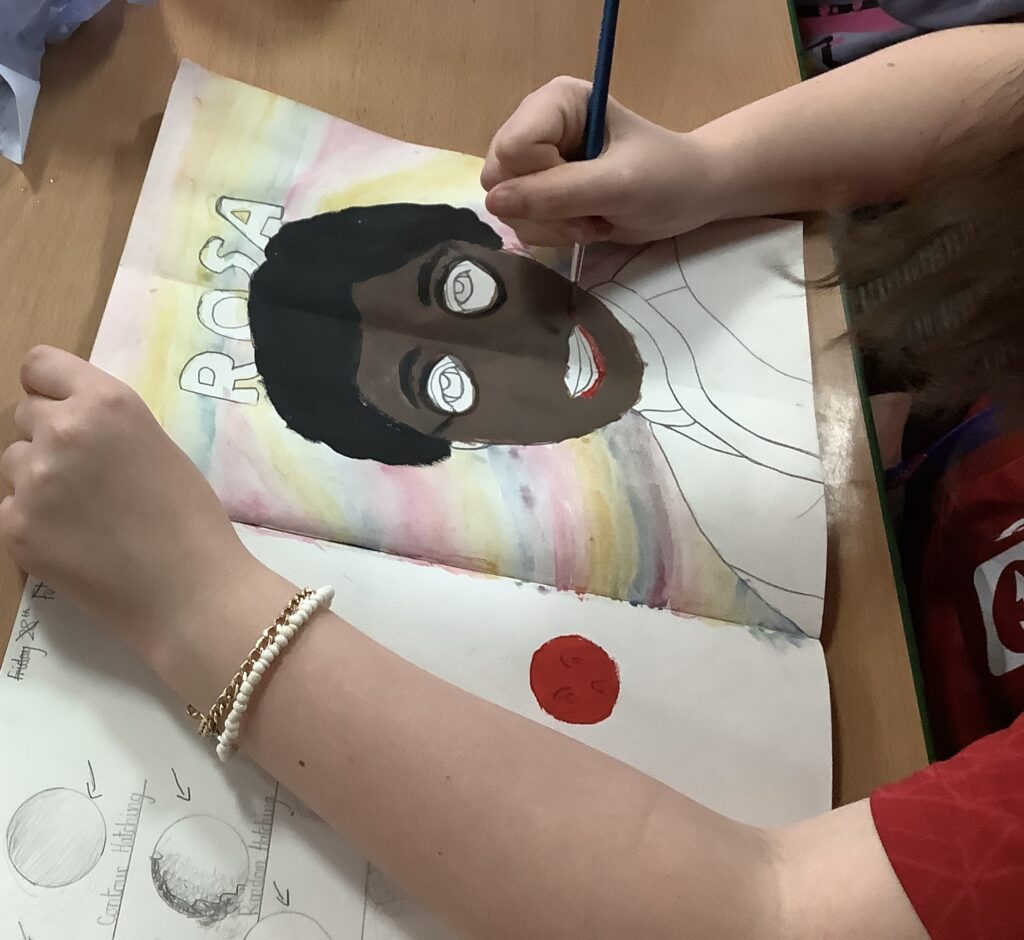
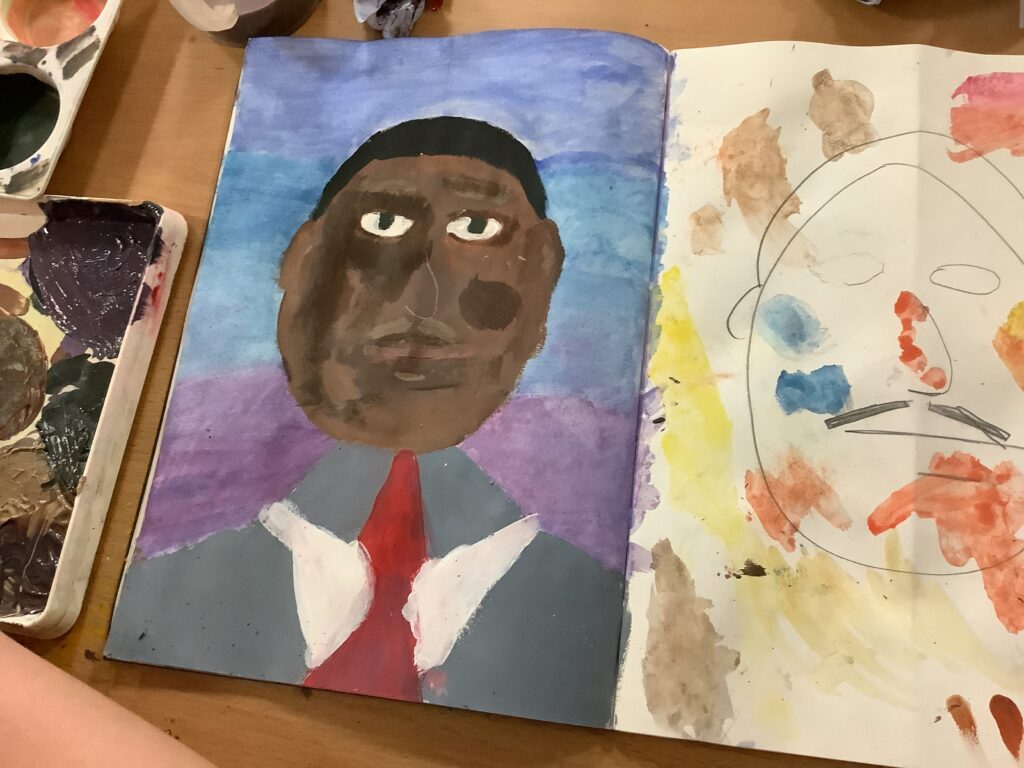
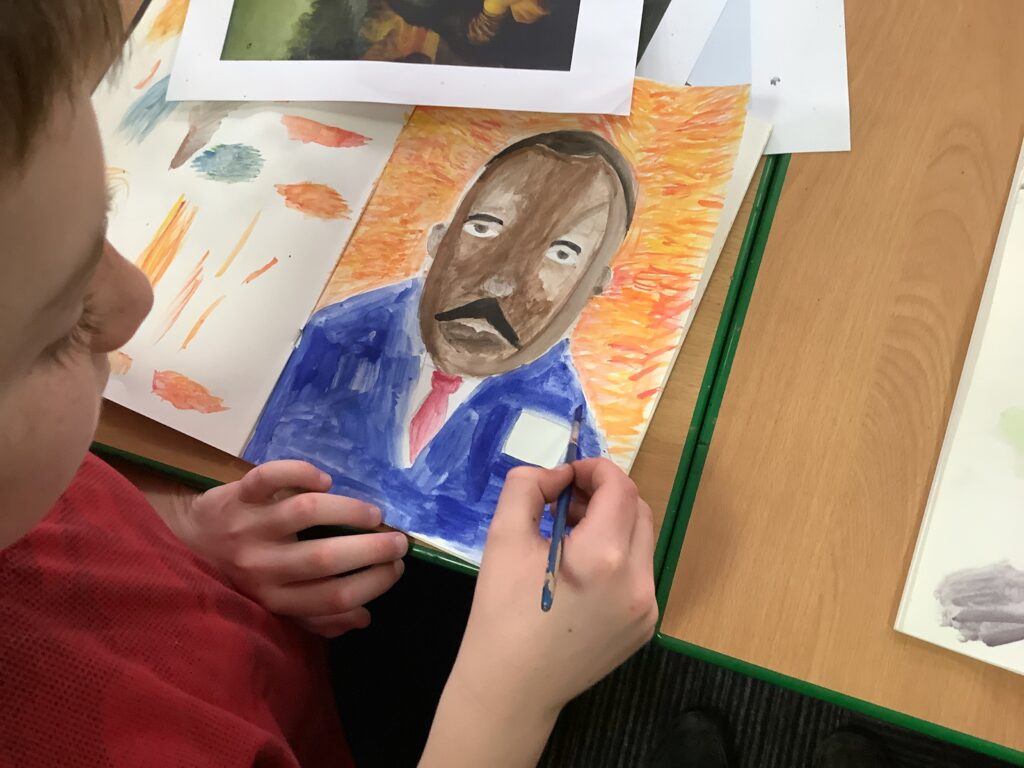
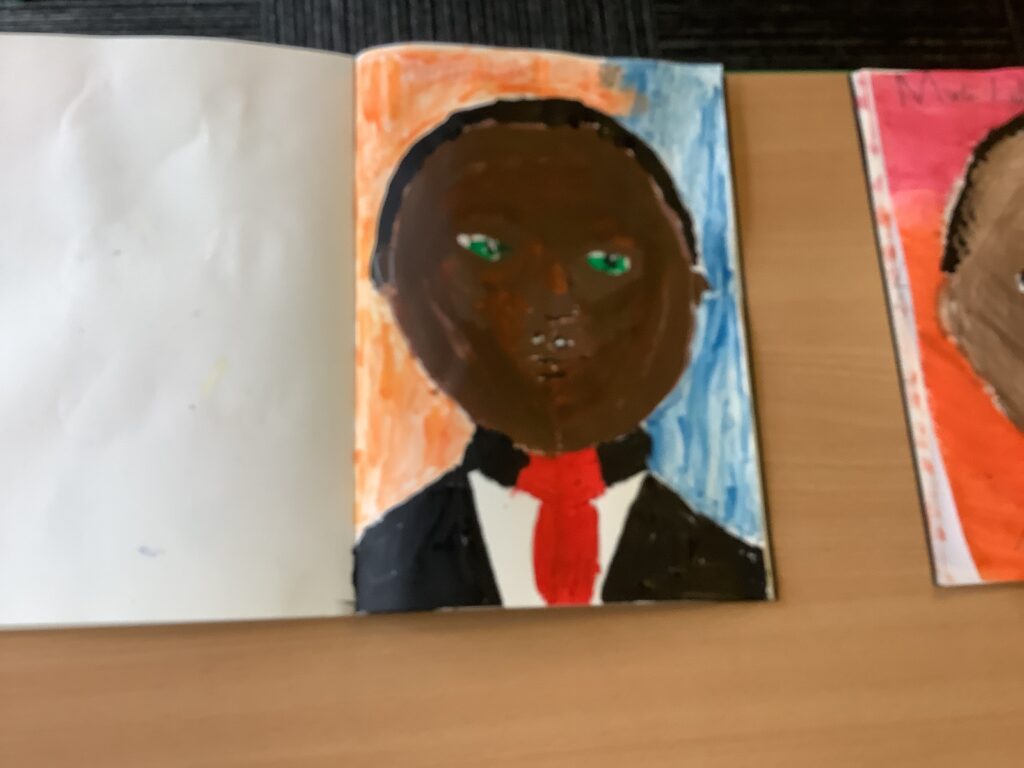
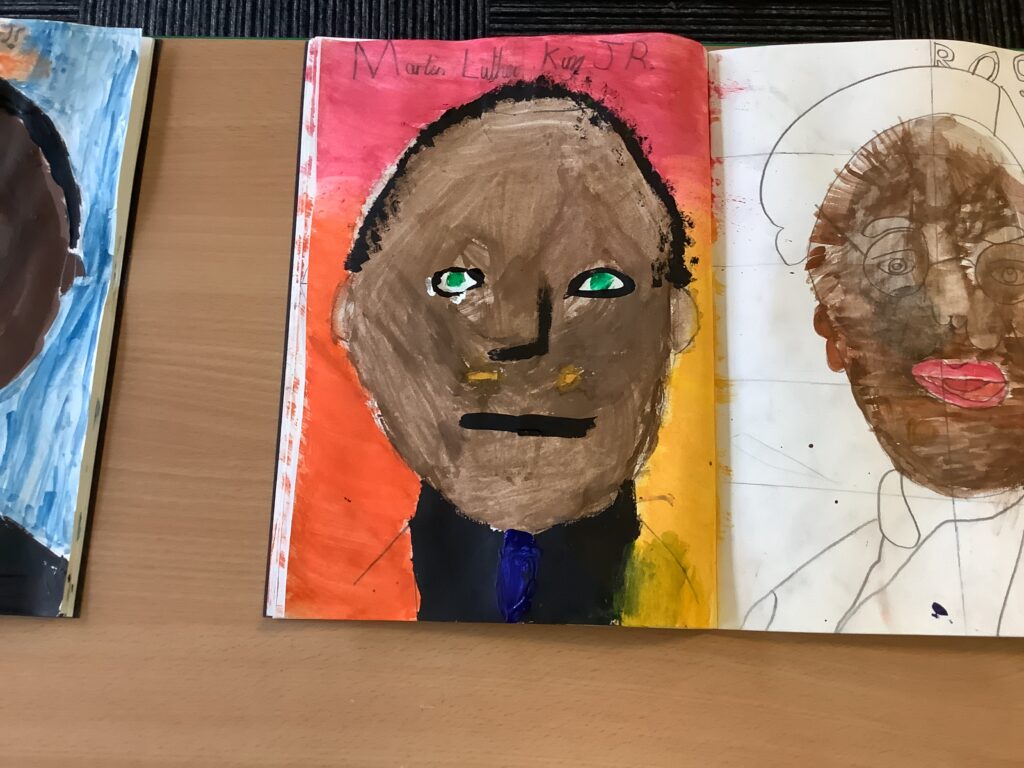
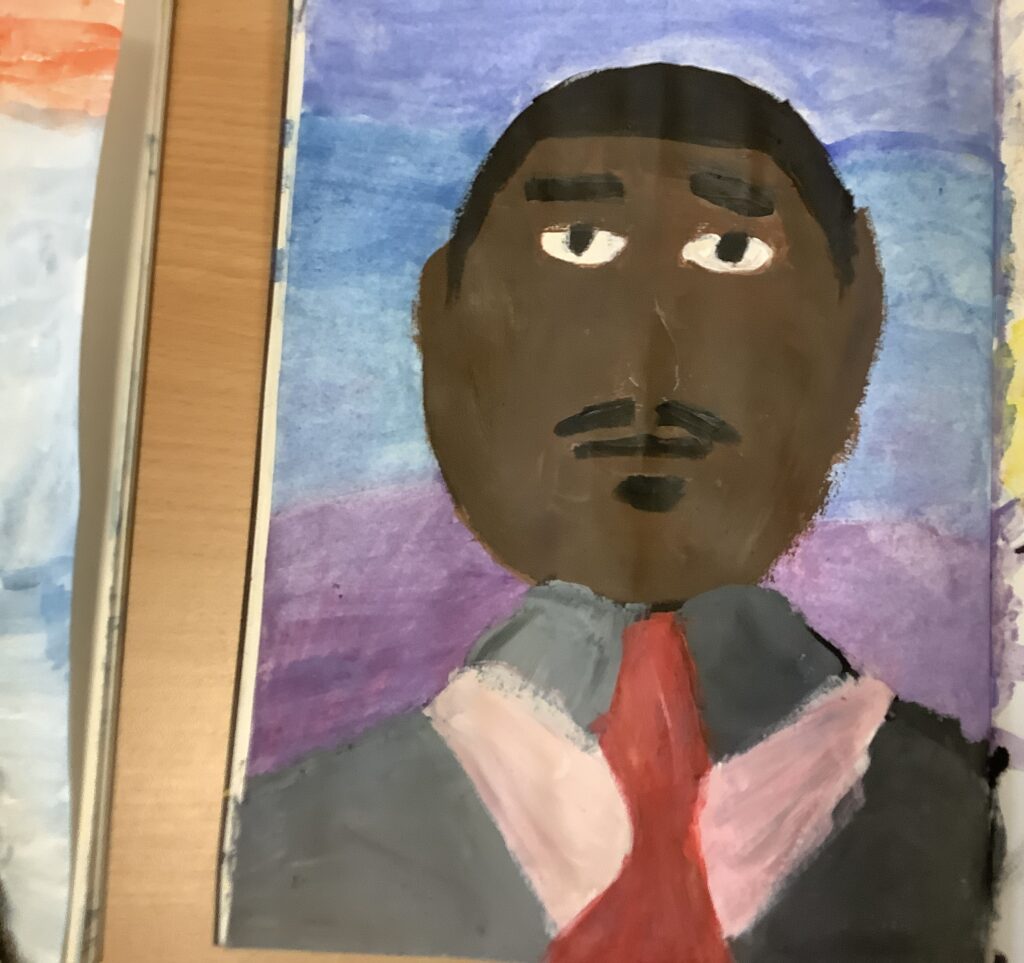
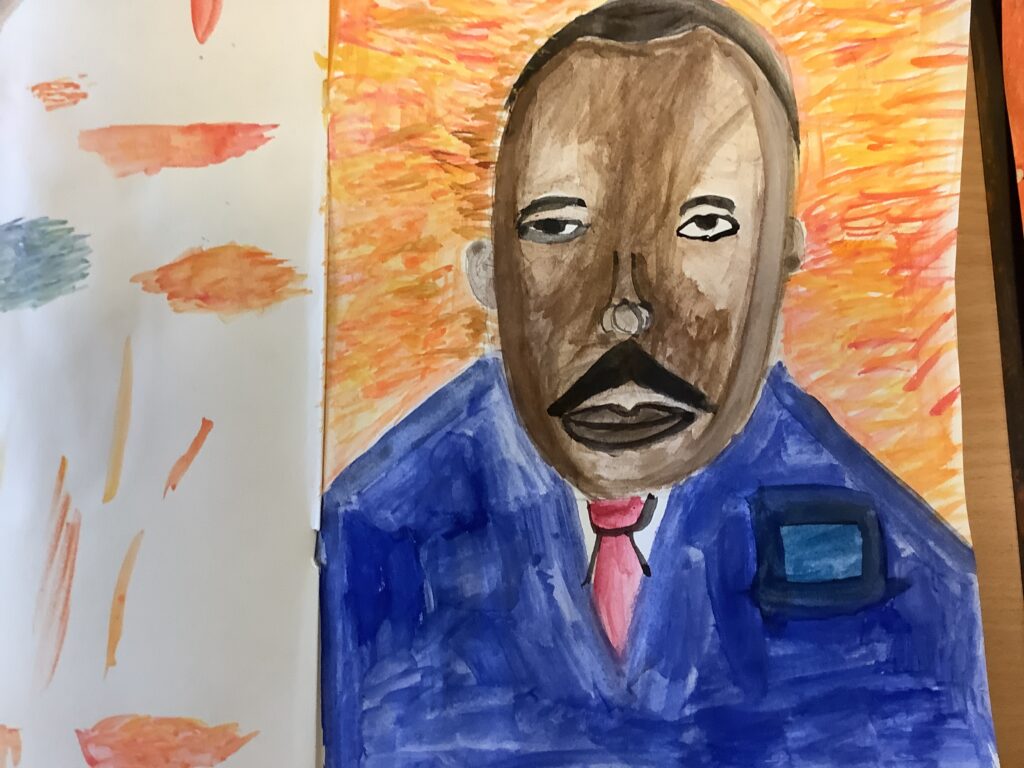
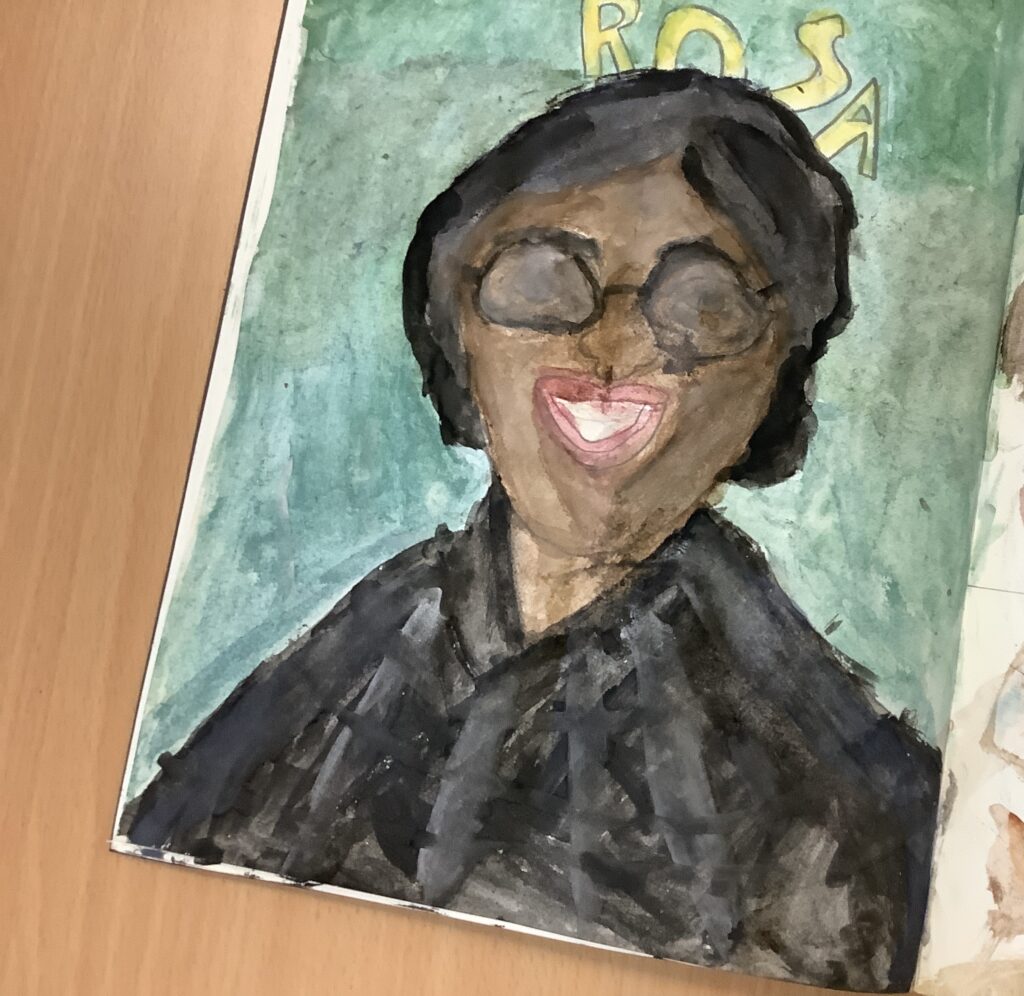
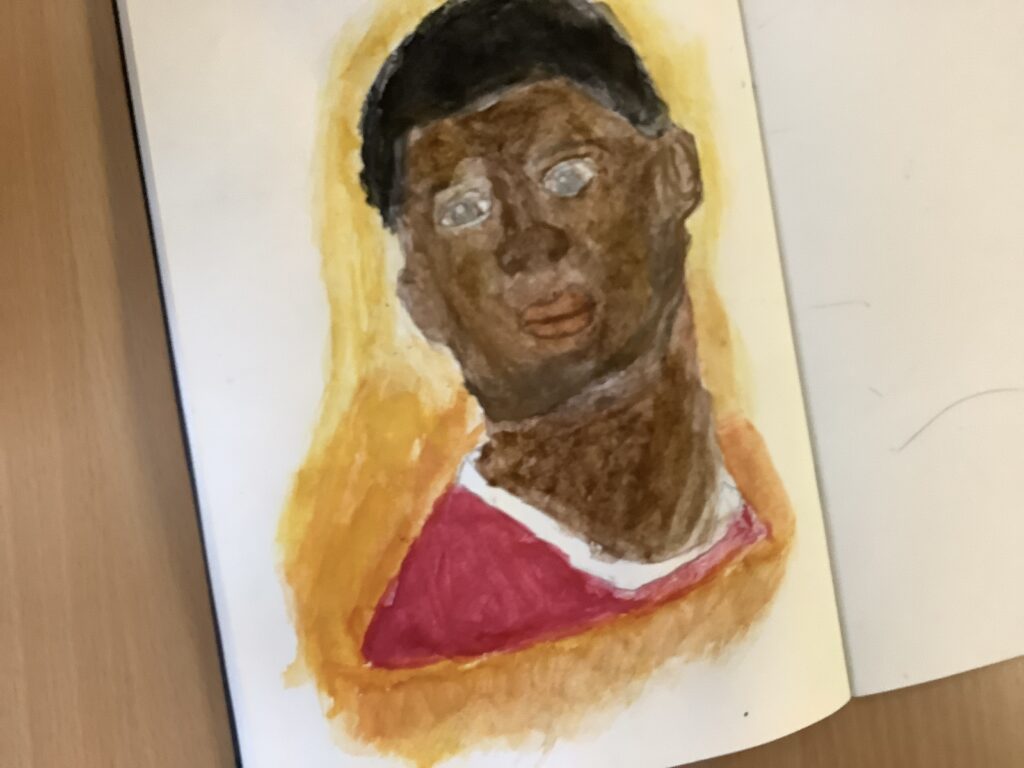

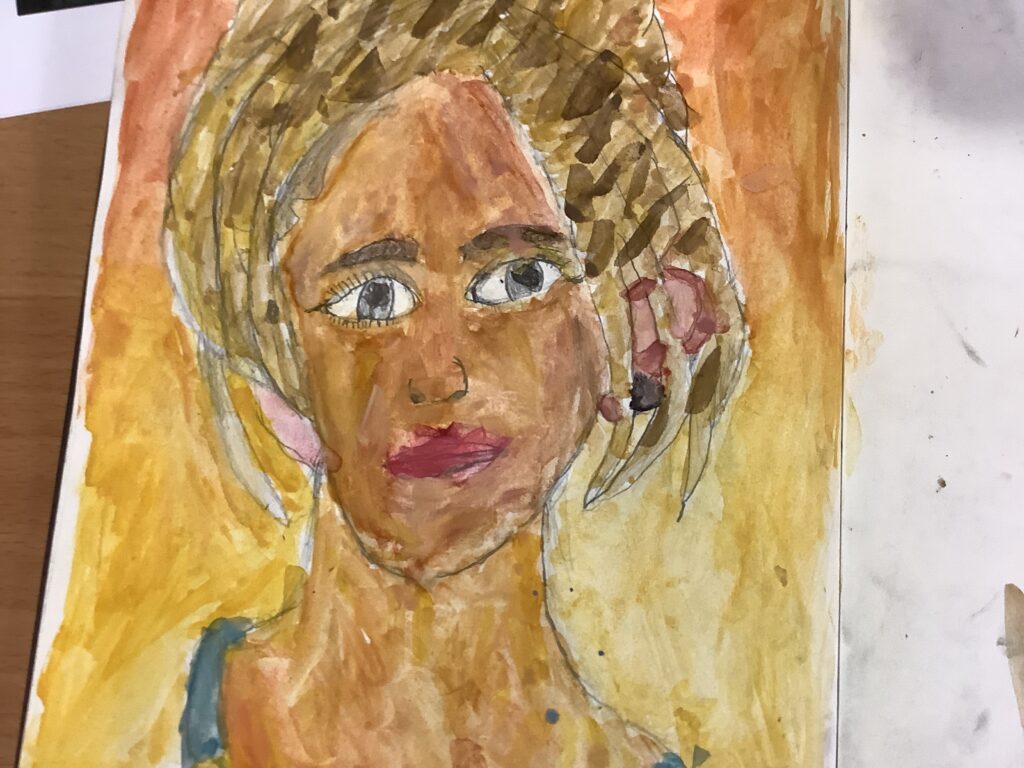
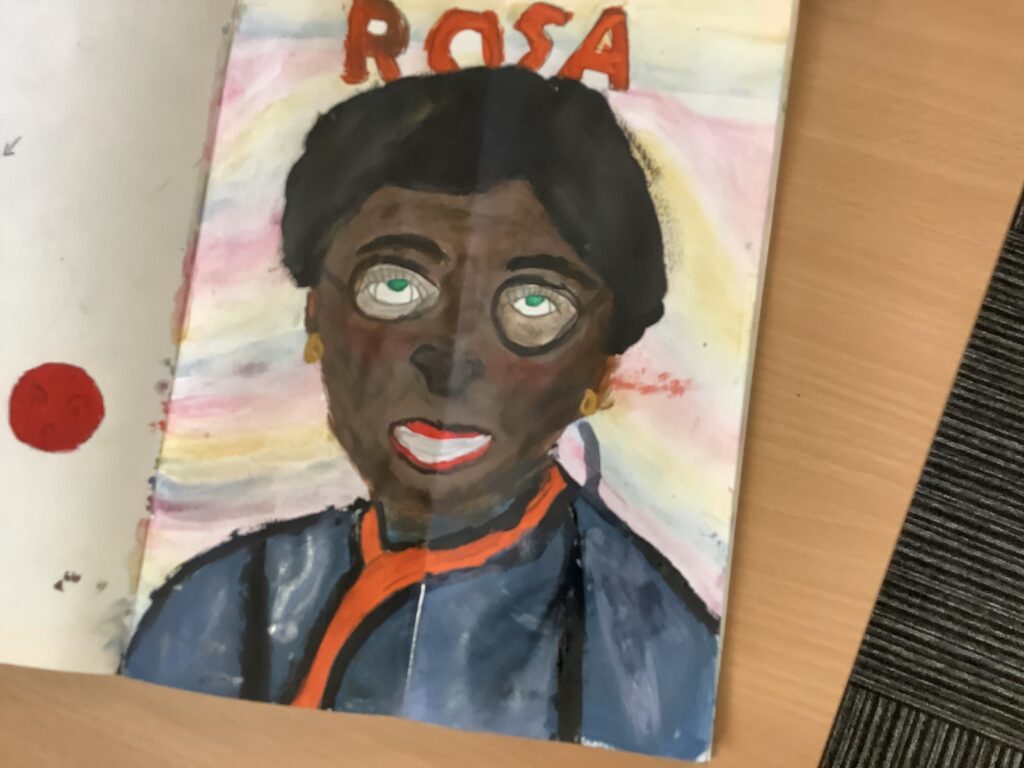
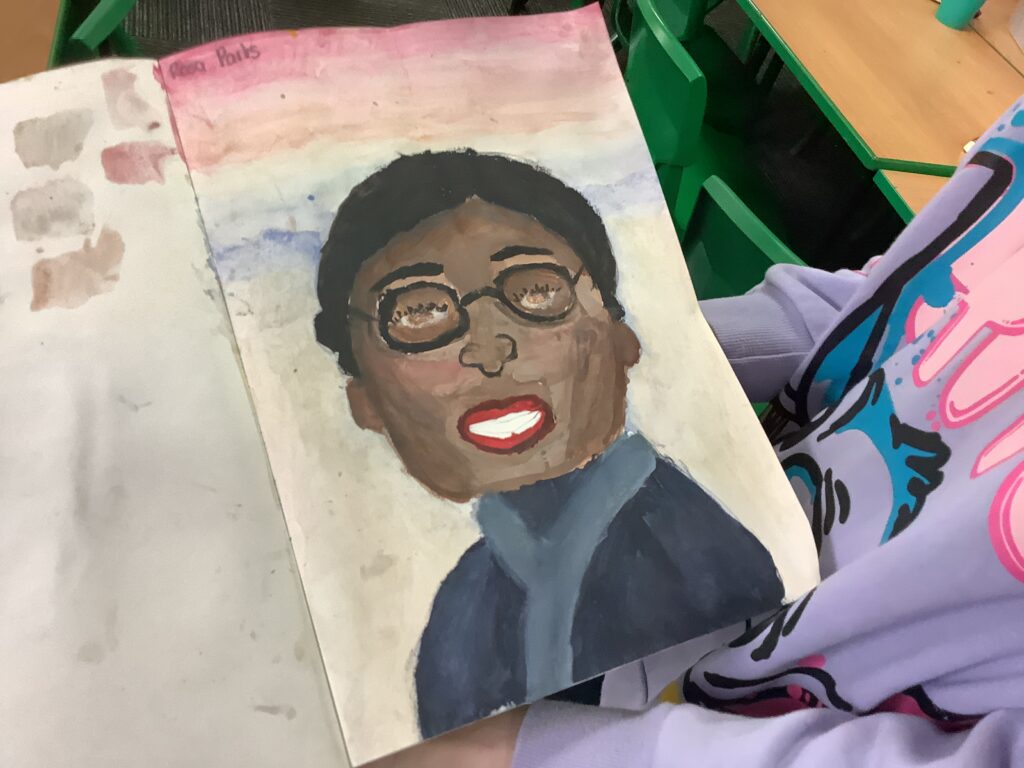
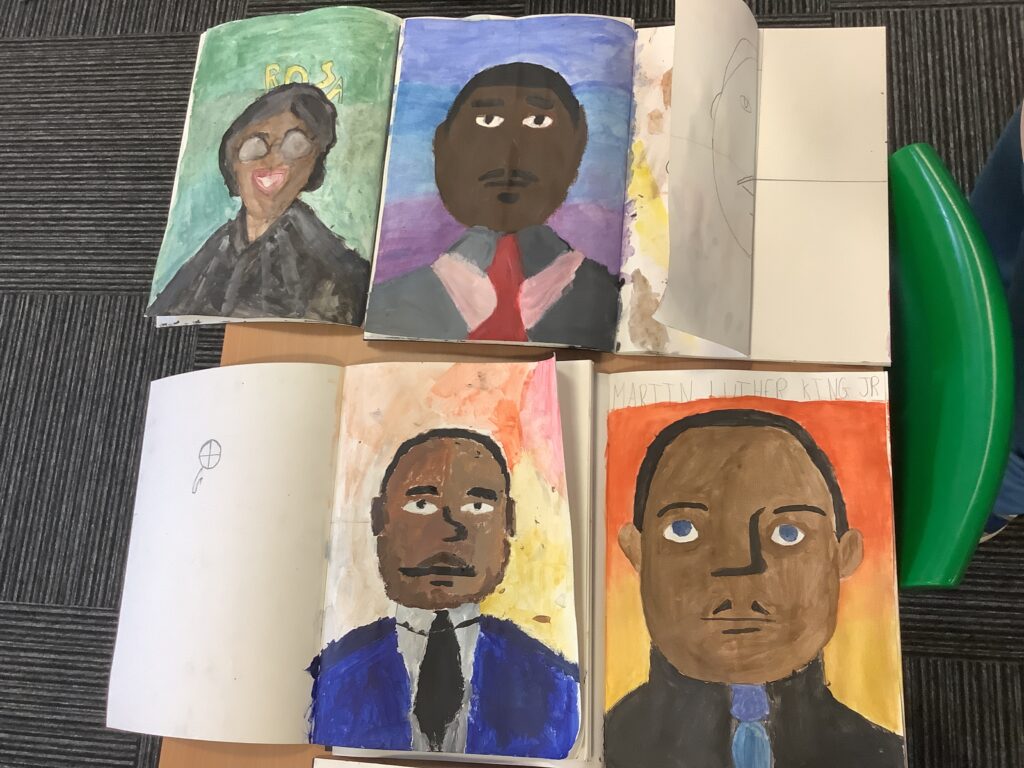
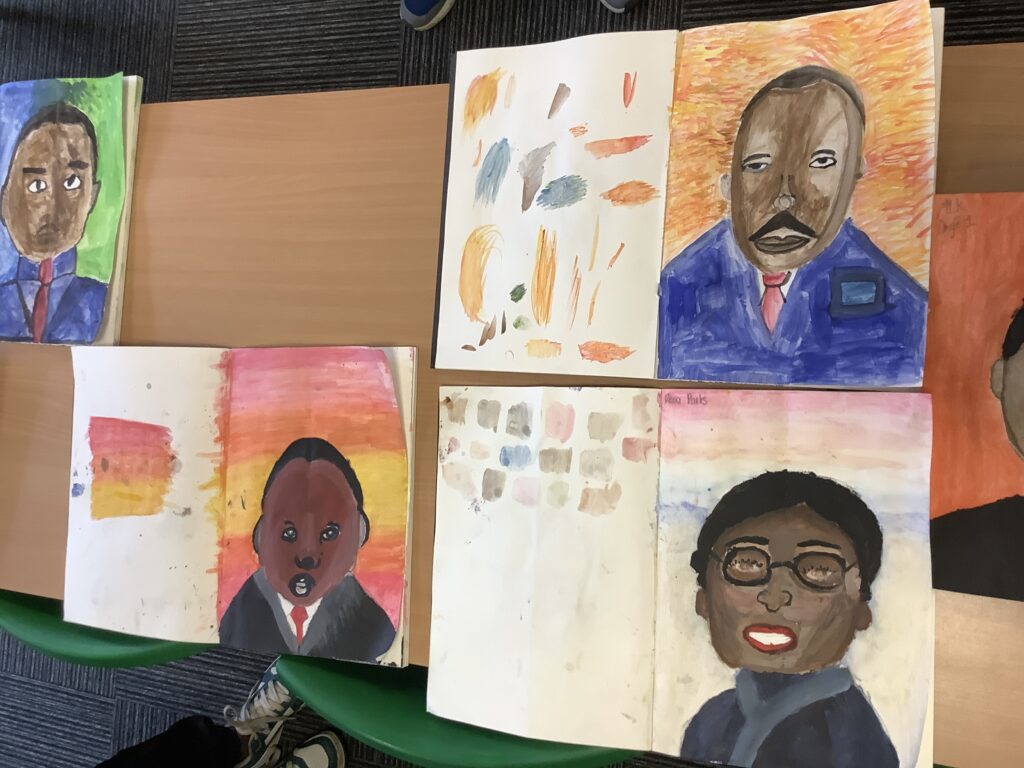
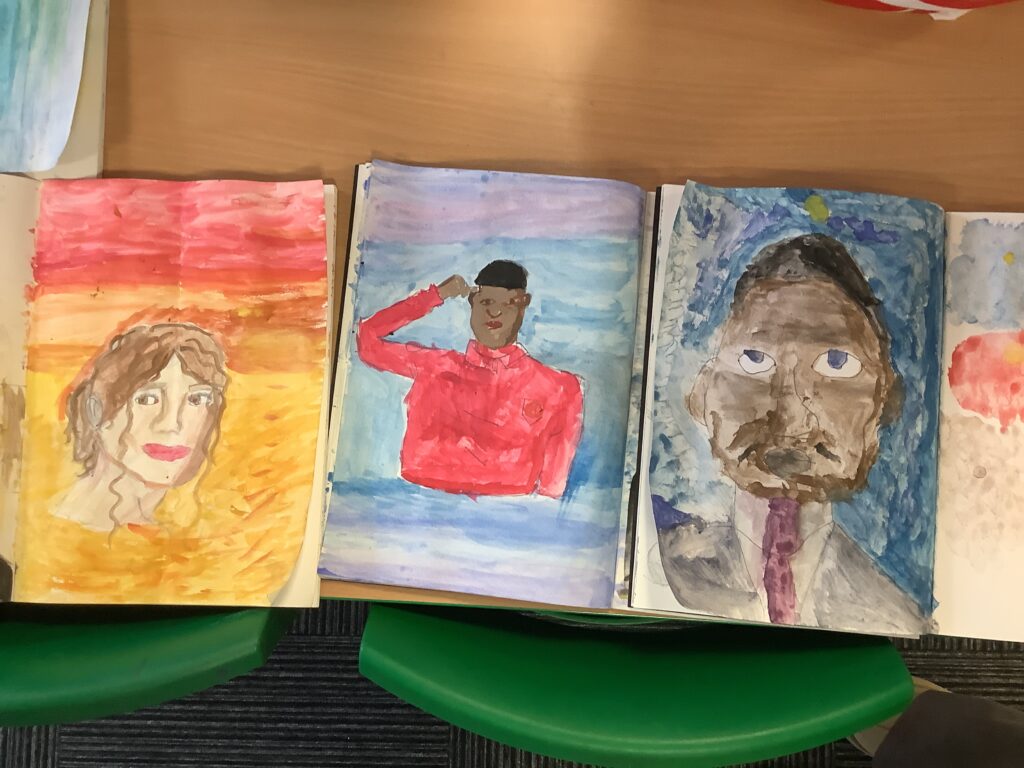
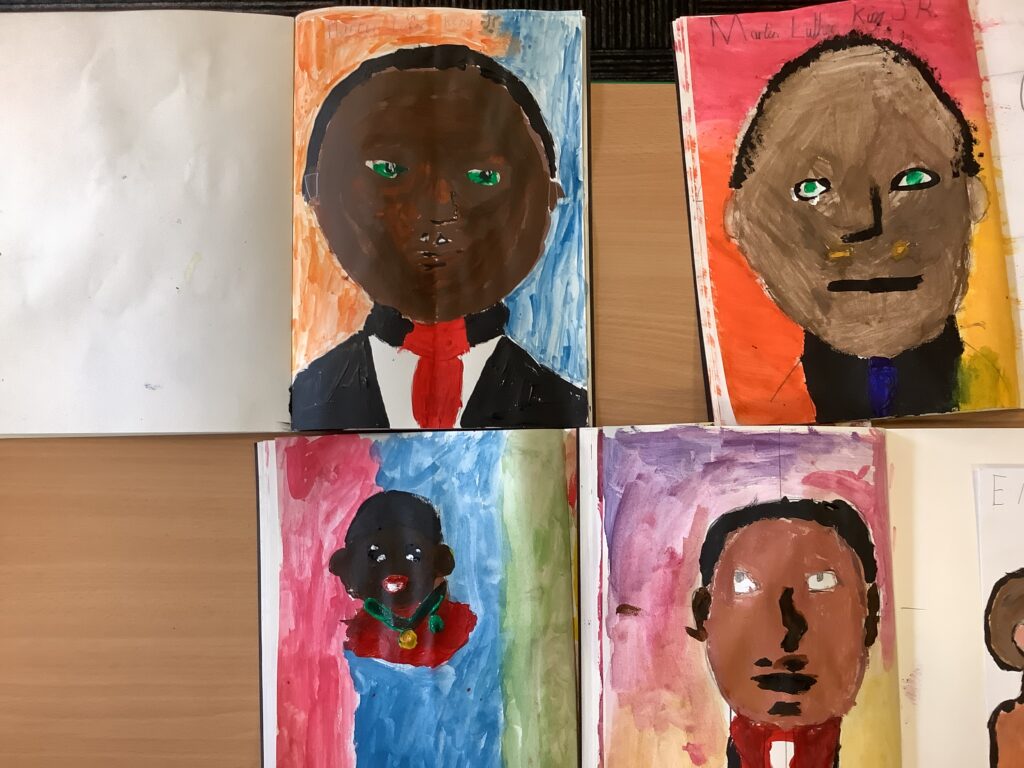
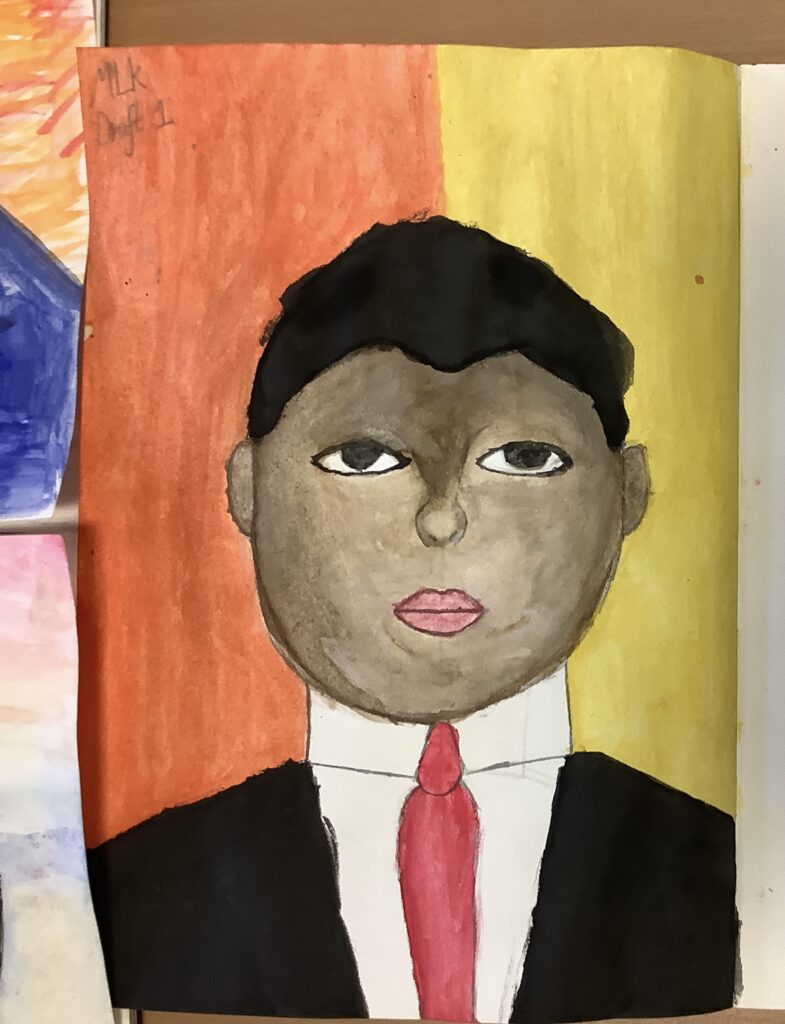
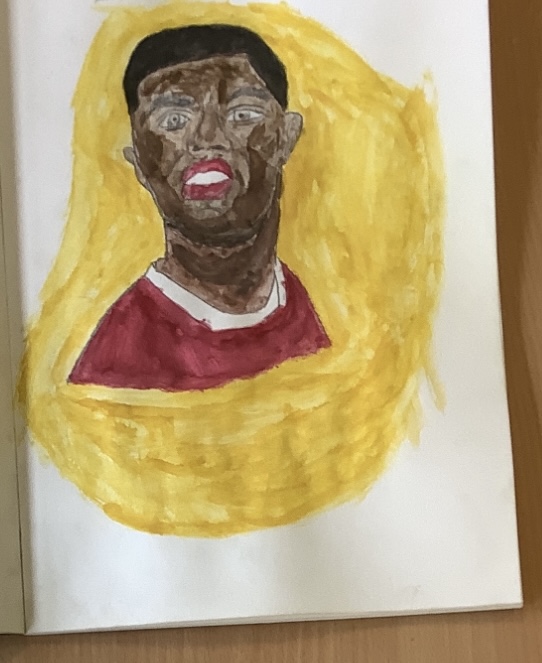

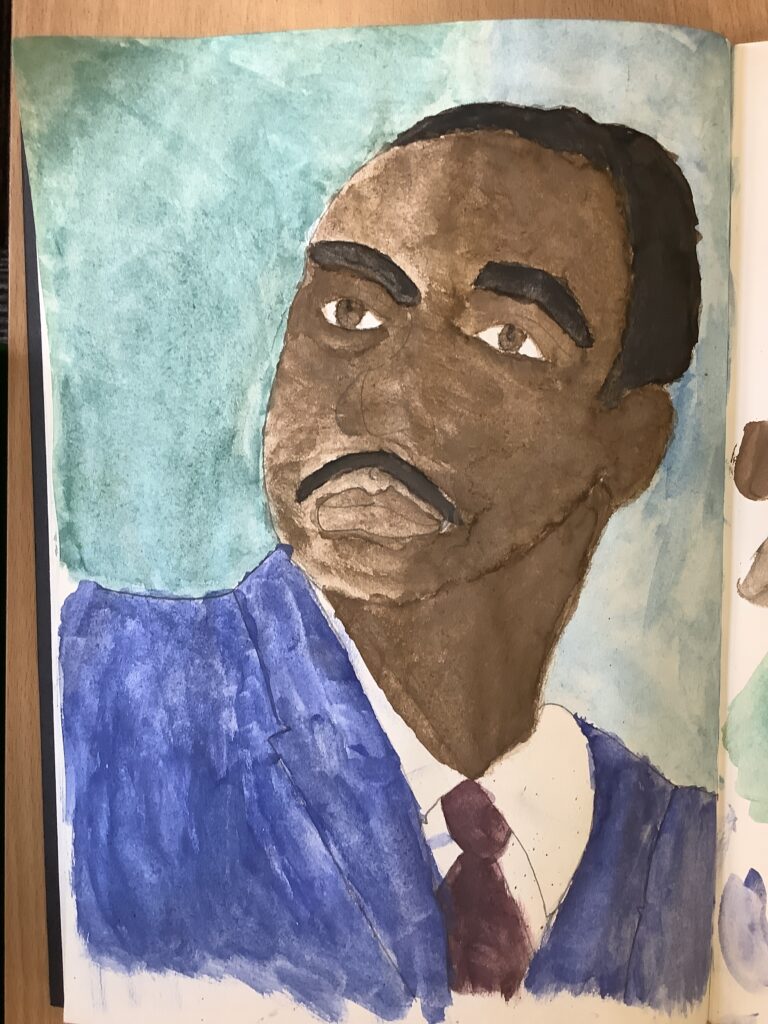
In our last Scotties session, the children had the opportunity to learn how to use a flint and steel in order to start a fire in the case of needing to survive. The children shower great perseverance in getting the flint and steel to create a spark.
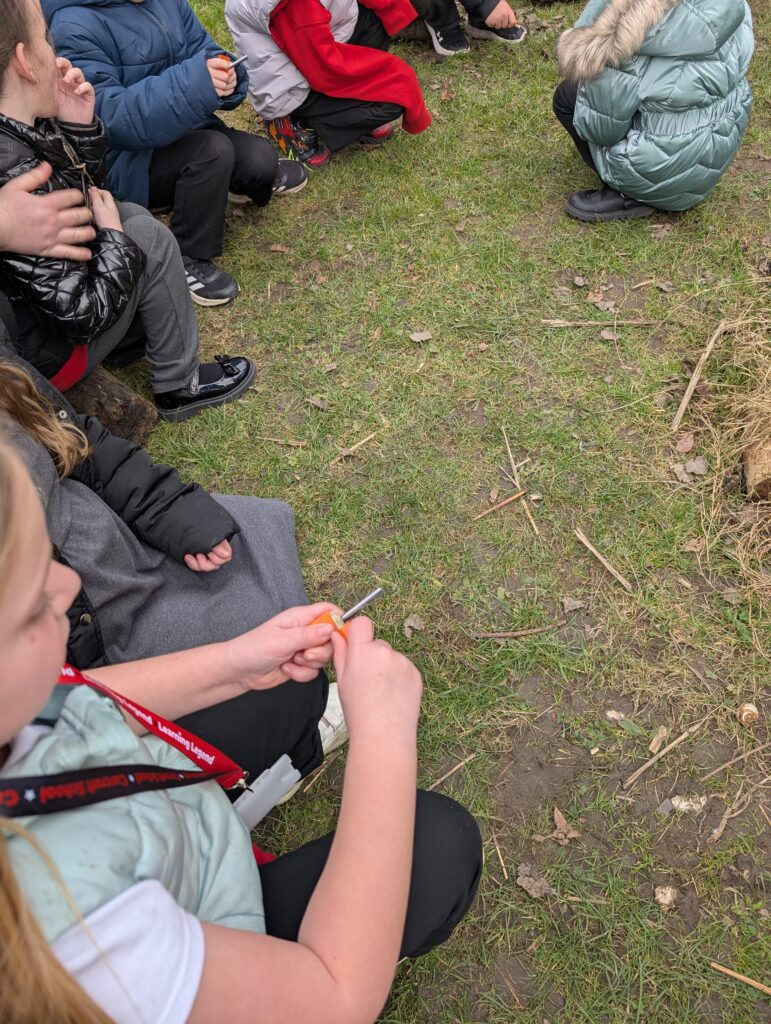
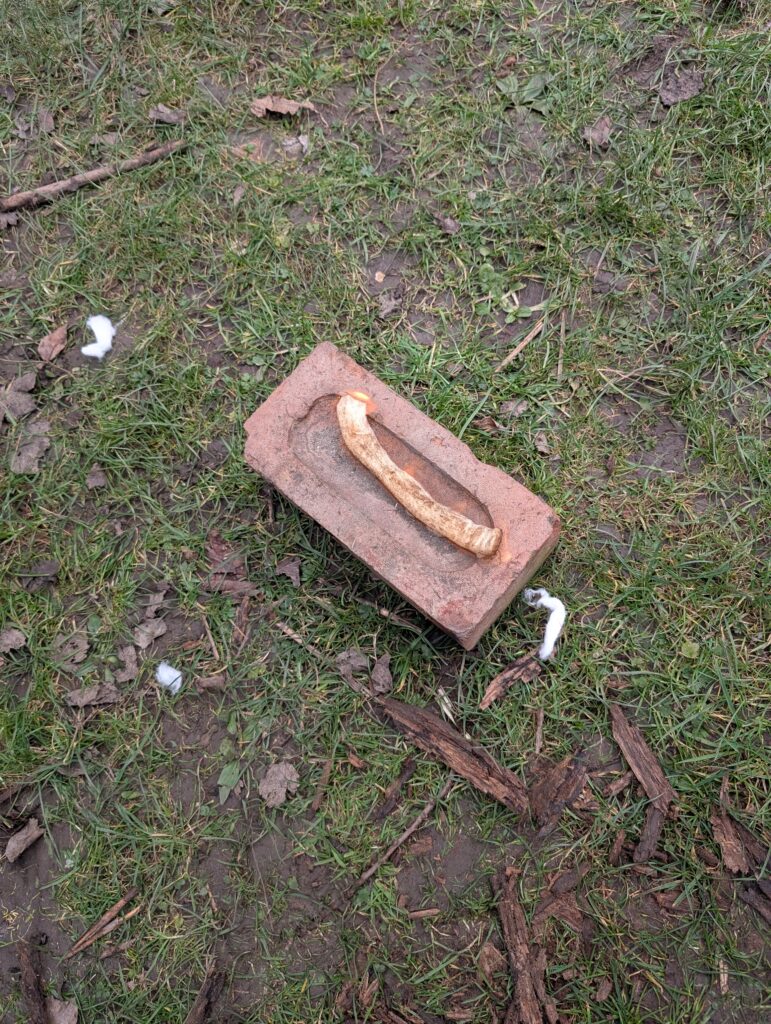
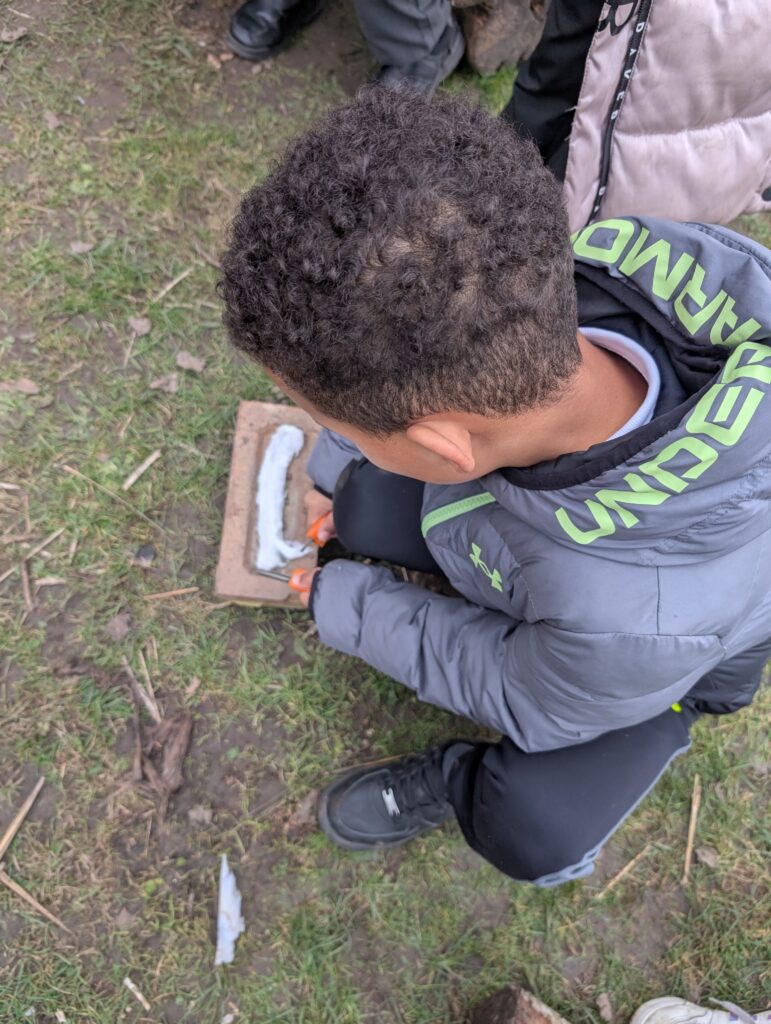
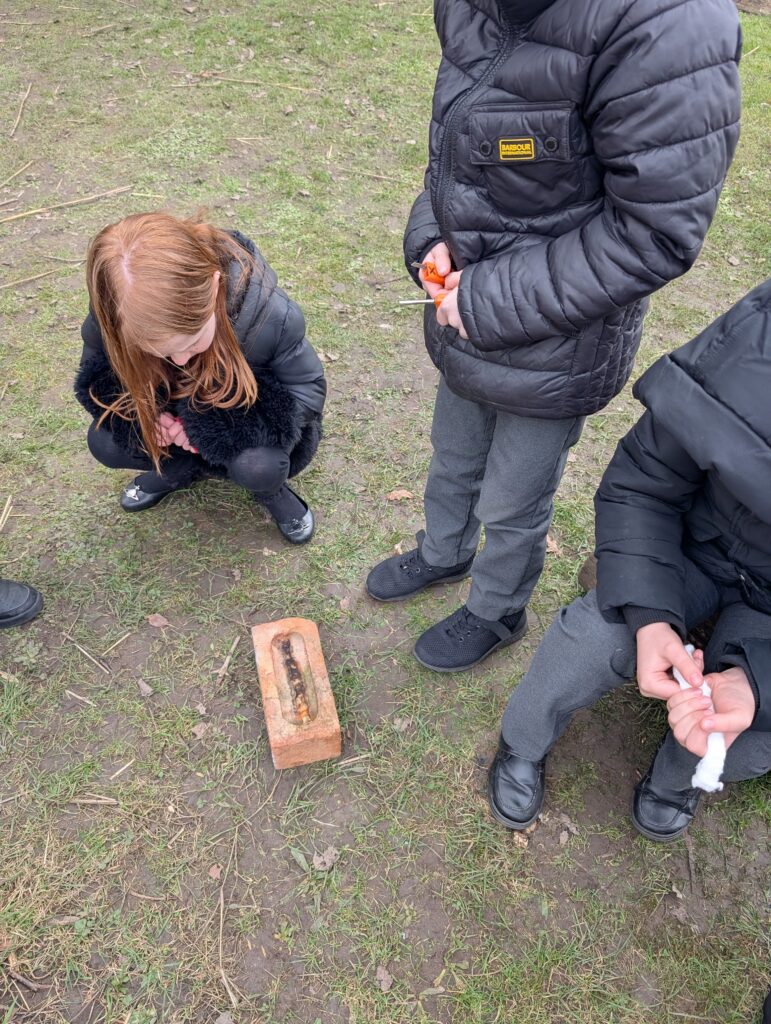
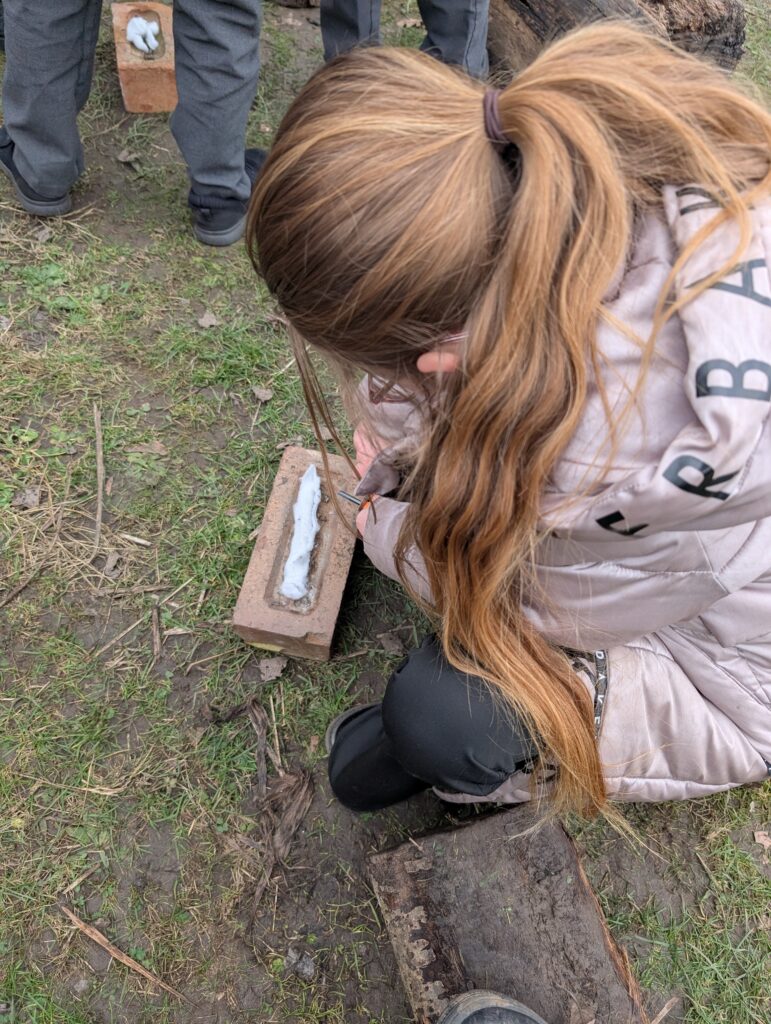
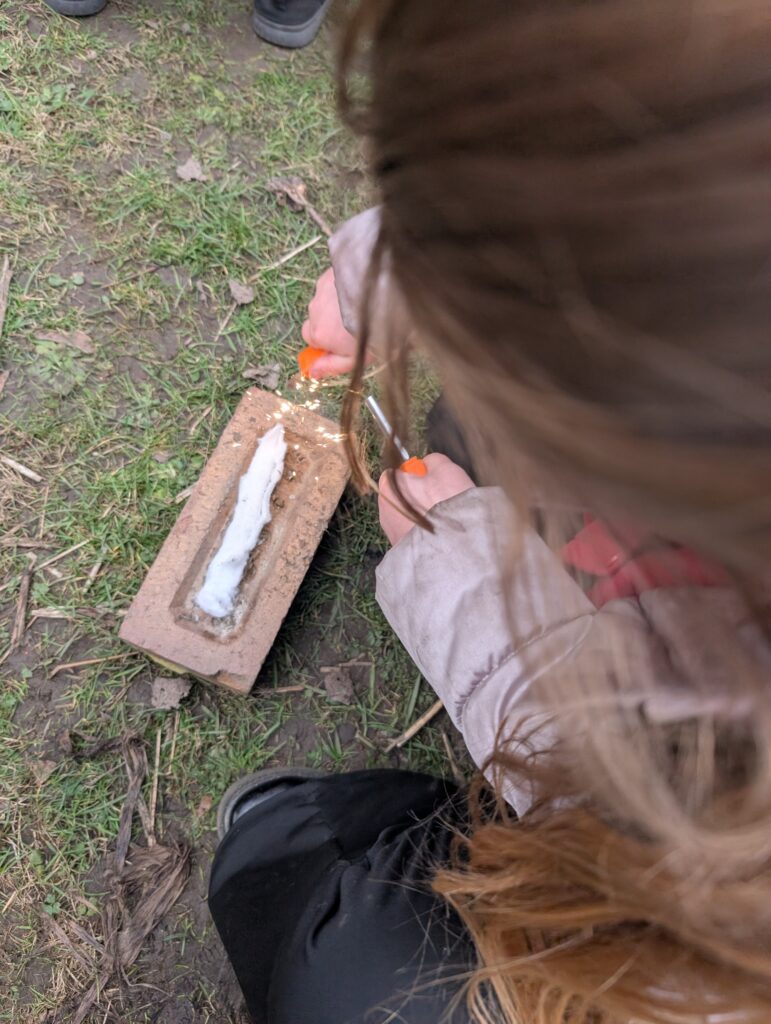
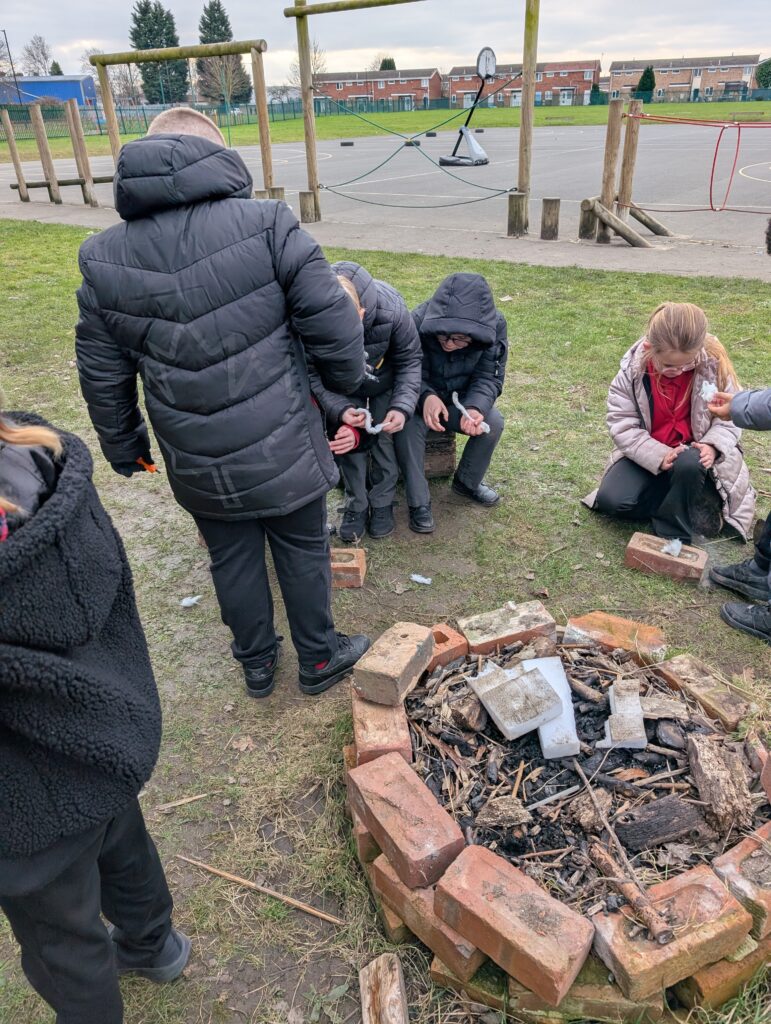
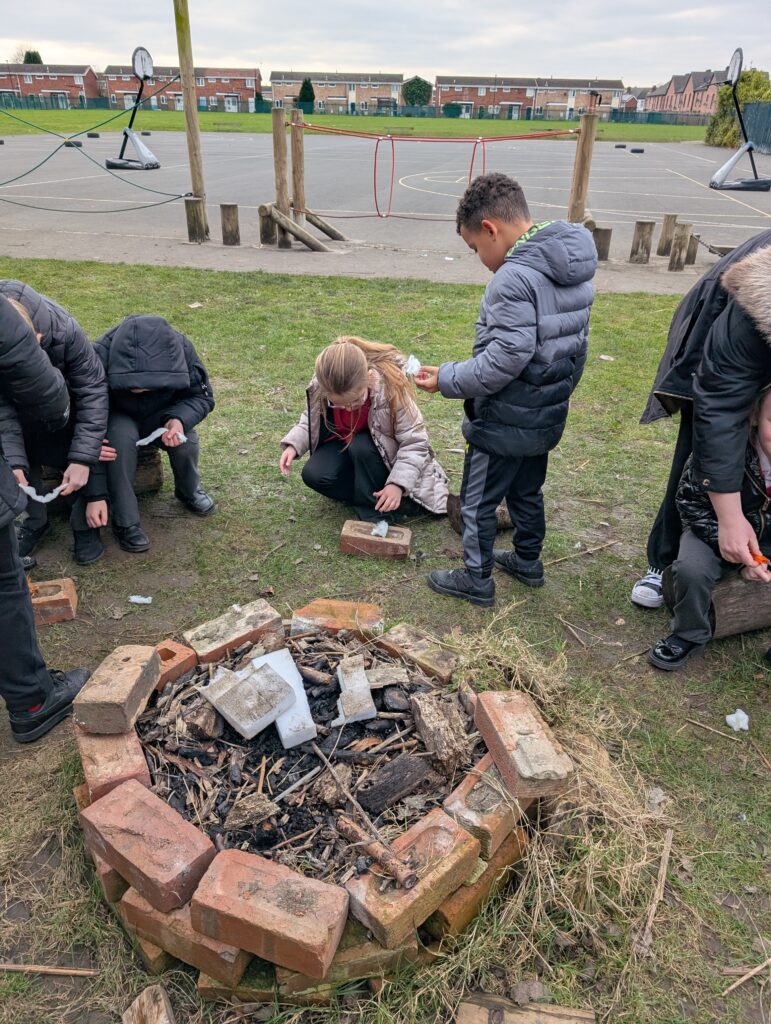


It’s been a fun afternoon for Crew Shields as the children were able to have to use the forest school for Lazer tag. It was great to see the children use different strategies to prevent themselves from getting tagged.

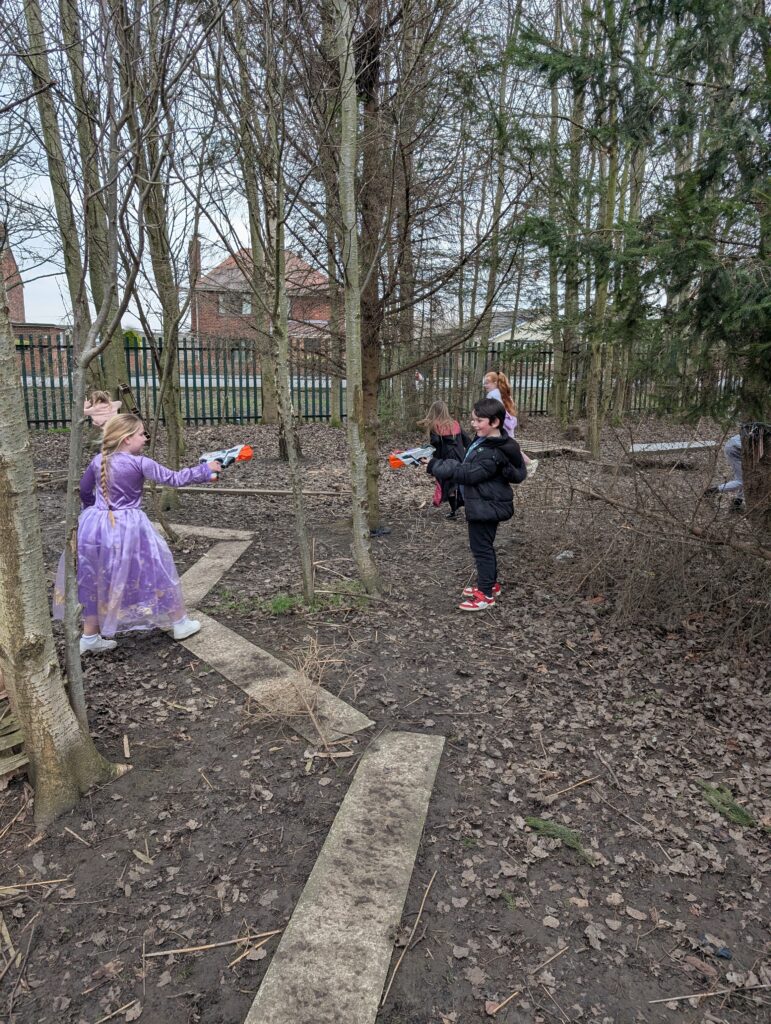
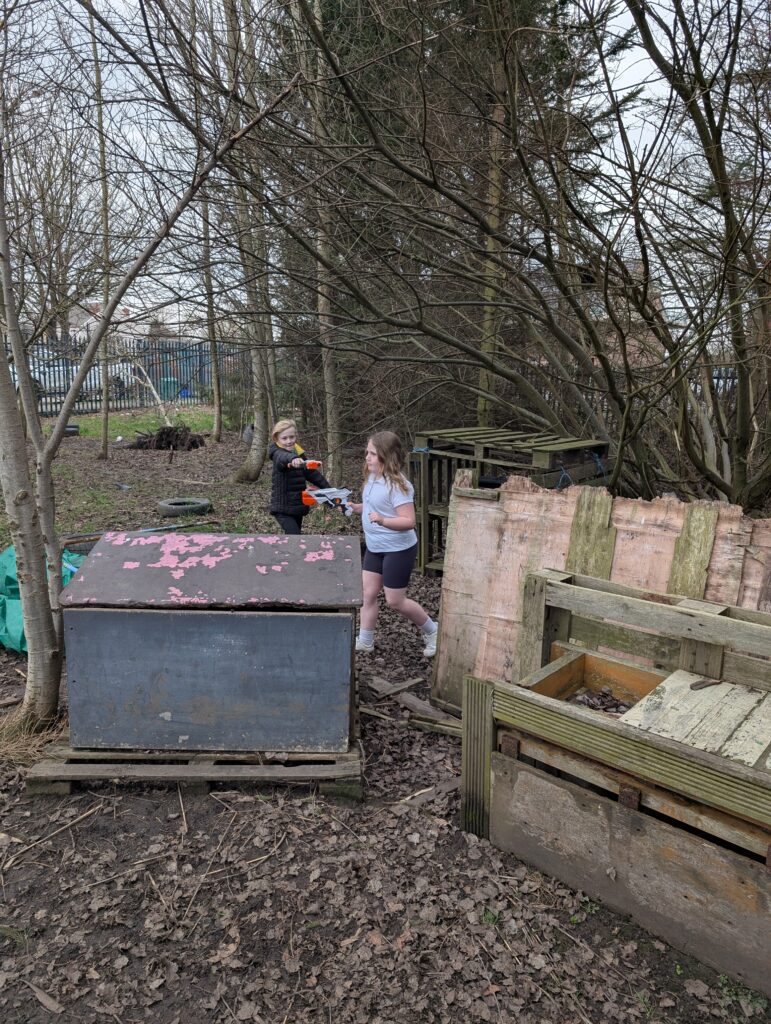
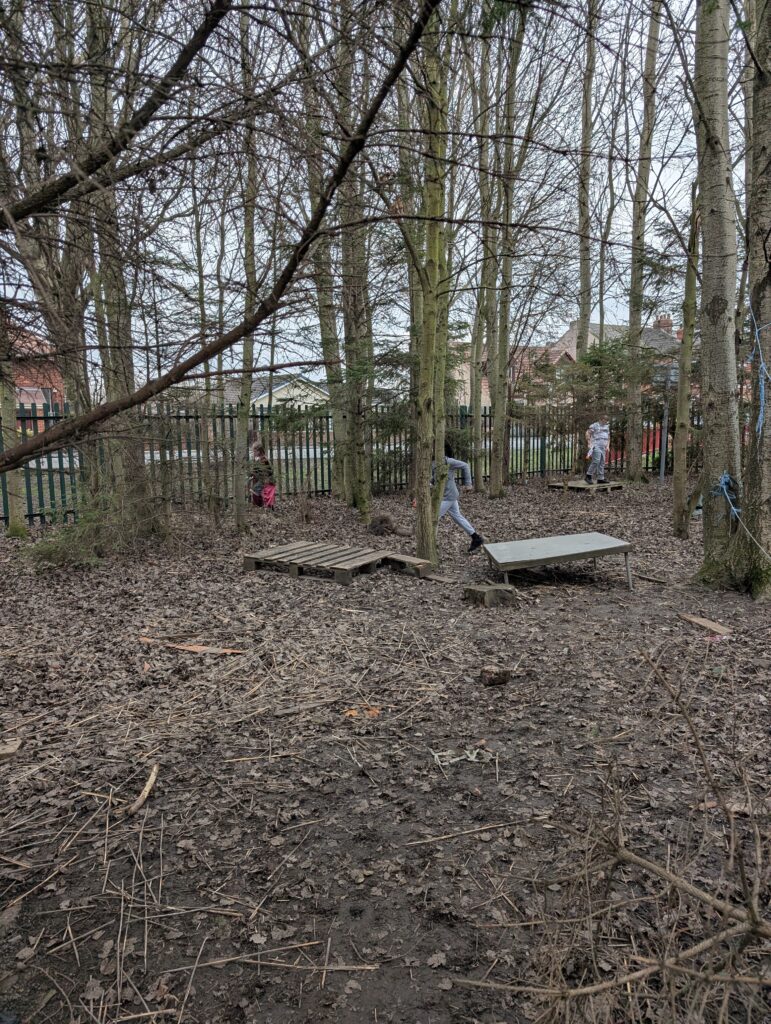
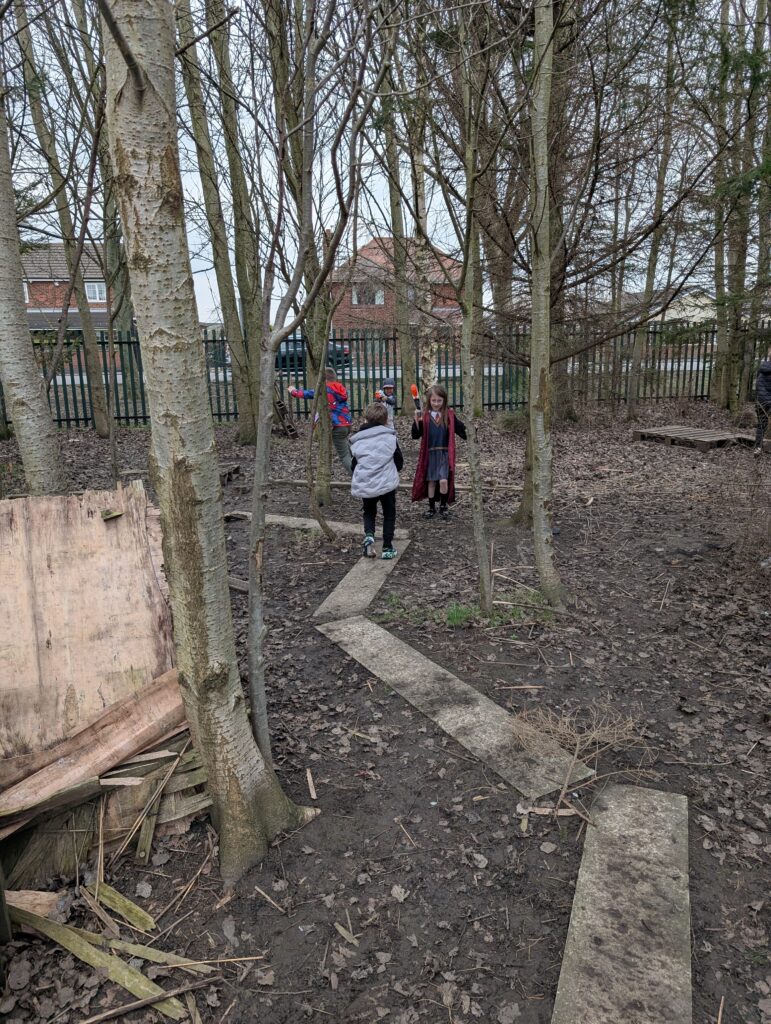
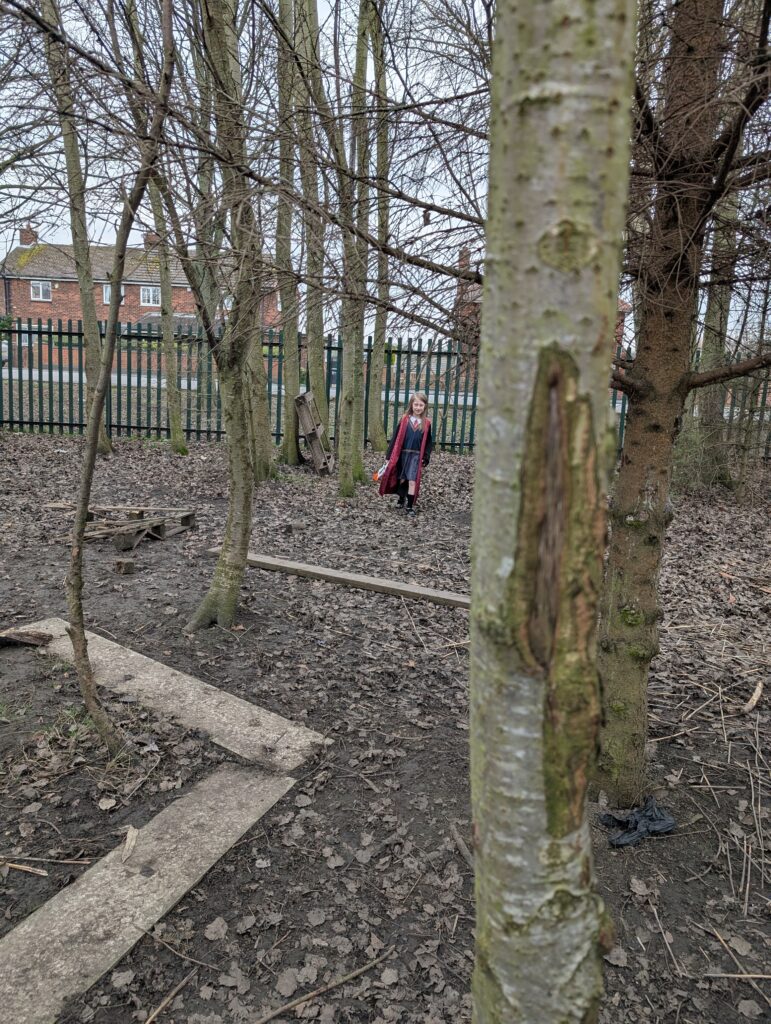
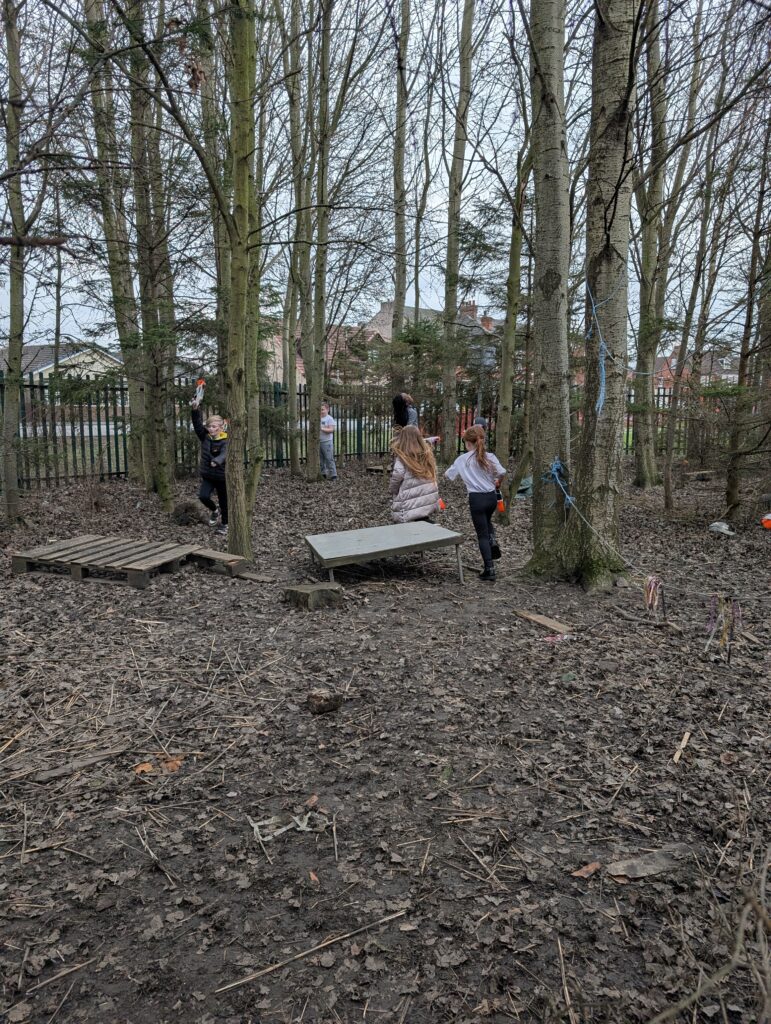
Today’s French lesson was filled with fun, as we matched pictures of delicious fruits with their French names! From ‘pomme’ to ‘banane’ we practiced pronunciation and made connections through colourful visuals.



